Why does everyone love an island? Is it the sense of community, the isolation, or the ever-present contrast of scenery where water meets the land?
All that, and more, can be found on this list of the best islands in Europe. From some of its largest, such as Iceland, to some of its smallest, such as Santorini, there are contrasts in scenery, culture, and cuisine.
What they all share is that special something that all islands have in common, no matter how different they actually are. It’s that sense of excitement when you arrive, and that tinge of nostalgia when you leave.
Here are 18 of the best islands to visit in Europe.
Tenerife, Spain
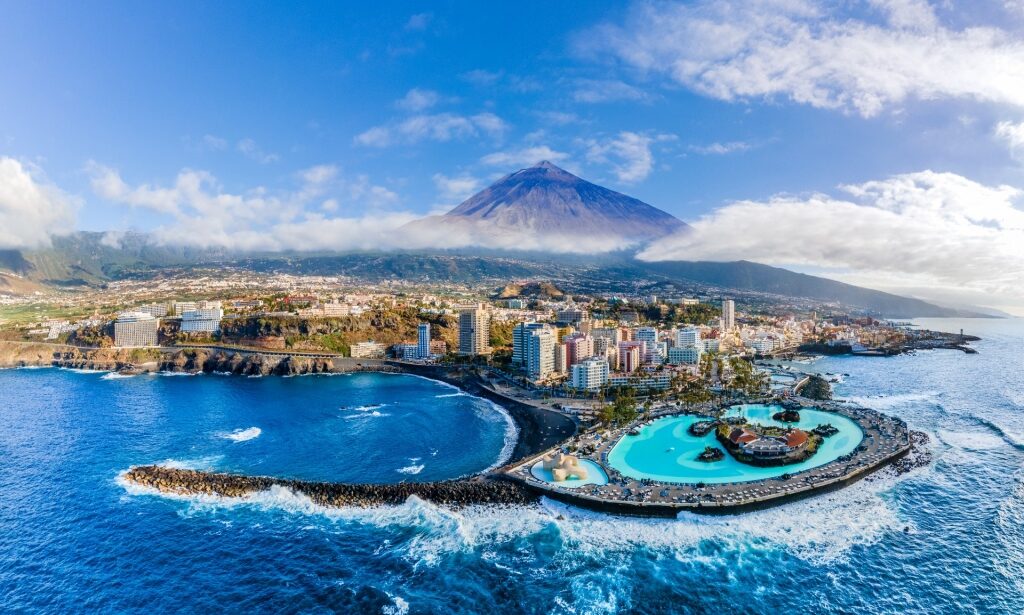
Tenerife, Spain
Volcanic Tenerife is one of the best islands in Europe to explore. Its craggy landscape is dominated by Mount Teide, Spain’s highest mountain, which wears a snowy cap for much of the year. The rest of the island ranges from lush valleys and ravines carved by rivers in the north to the almost desert-like south.
There’s plenty to do on Tenerife. One of the great joys of the Canaries is that it’s a year-round destination, and you can lie on the beach even in winter. Las Teresitas is one of the best, with golden sand imported from the Sahara.

Cable car in Tenerife, Spain
Head up Teide on the cable car and hike among jagged lava fields; the views are exceptional on a clear day. You could explore the lunar landscape in a 4×4, too.
The island’s architecture is typical of the Canary Islands, the brightly colored houses adorned by ornate wooden balconies. Take a trip to San Cristobal de la Laguna, a UNESCO World Heritage Site dating back to the 15th century.
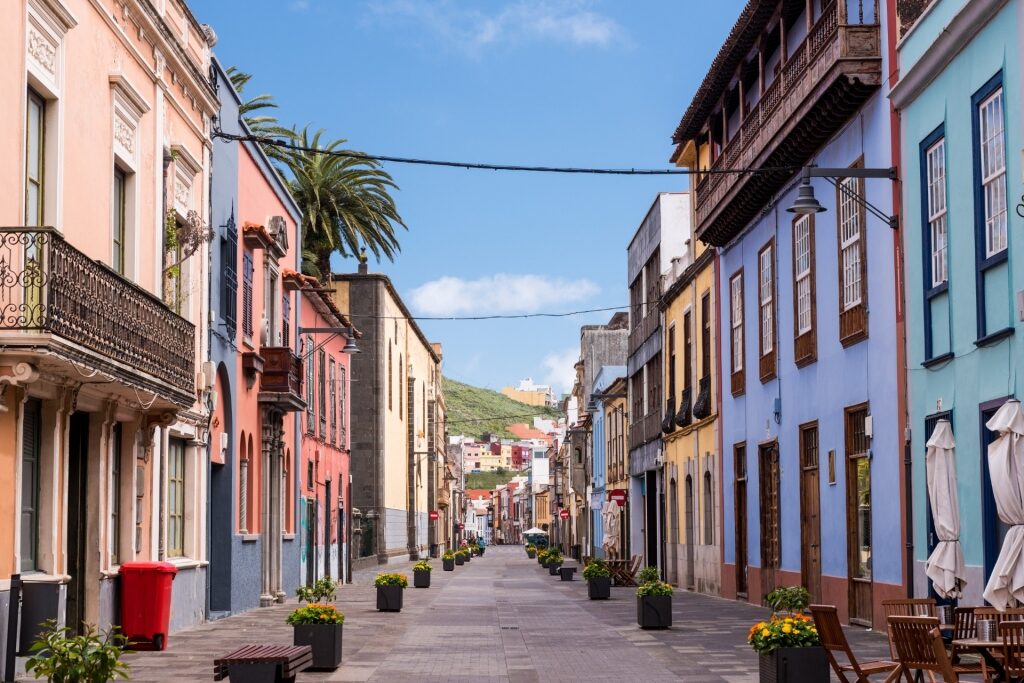
La Laguna in Tenerife, Spain
This is one of the earliest urban grid layouts, believed to have been the inspiration for many American cities. The whole center is dotted with churches and palaces interspersed with palm-lined squares, making La Laguna a delight to wander around.
Santa Cruz, the capital, is also worth exploring. There’s a wonderful food market here, Nuestra Señora de Africa, with stalls for grazing on everything from oven-fresh empanadas to churros dipped in chocolate sauce. End a walking tour with a glass of Spanish wine at one of the local tapas bars.
Gran Canaria, Spain
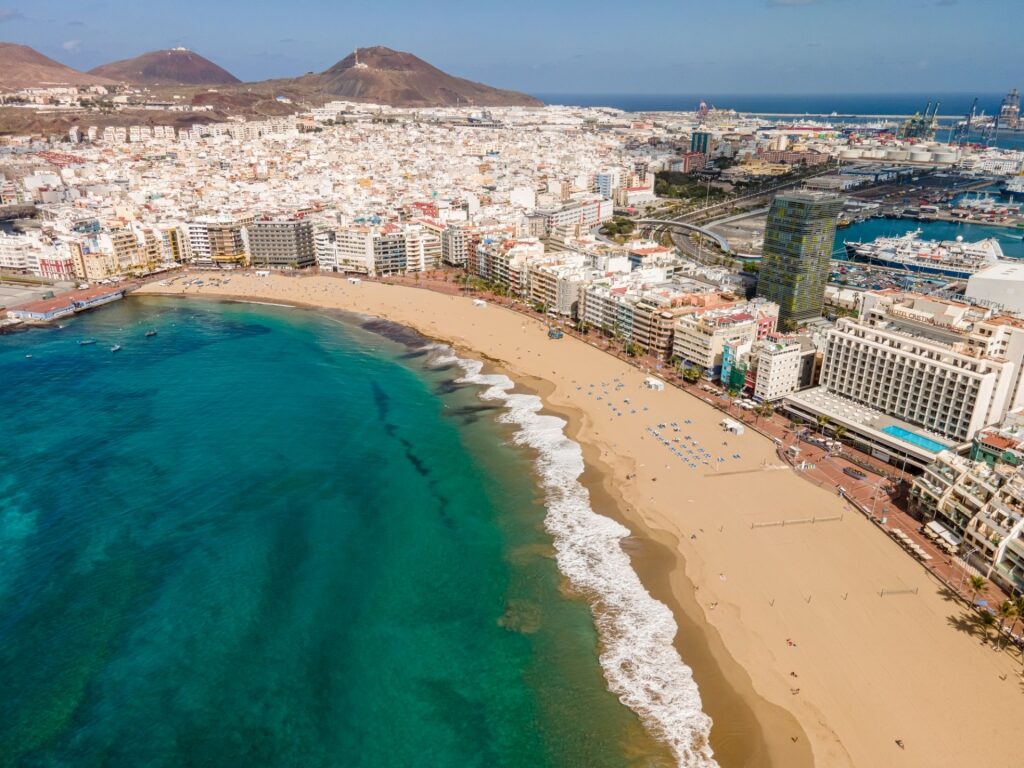
Las Palmas in Gran Canaria, Spain
Sub-tropical Gran Canaria is verdant and green, producing everything from sweet bananas to mangoes and papayas. There’s superb hiking in the gorges and ravines. Around the rims of vast, dormant volcanoes, the forests and mountains are a complete contrast to the bustle of the coast.
In the far south of the island, the rippling dunes of Maspalomas are a spectacular sight and a reminder that the vast Sahara is the next stop across the sea if you head east.
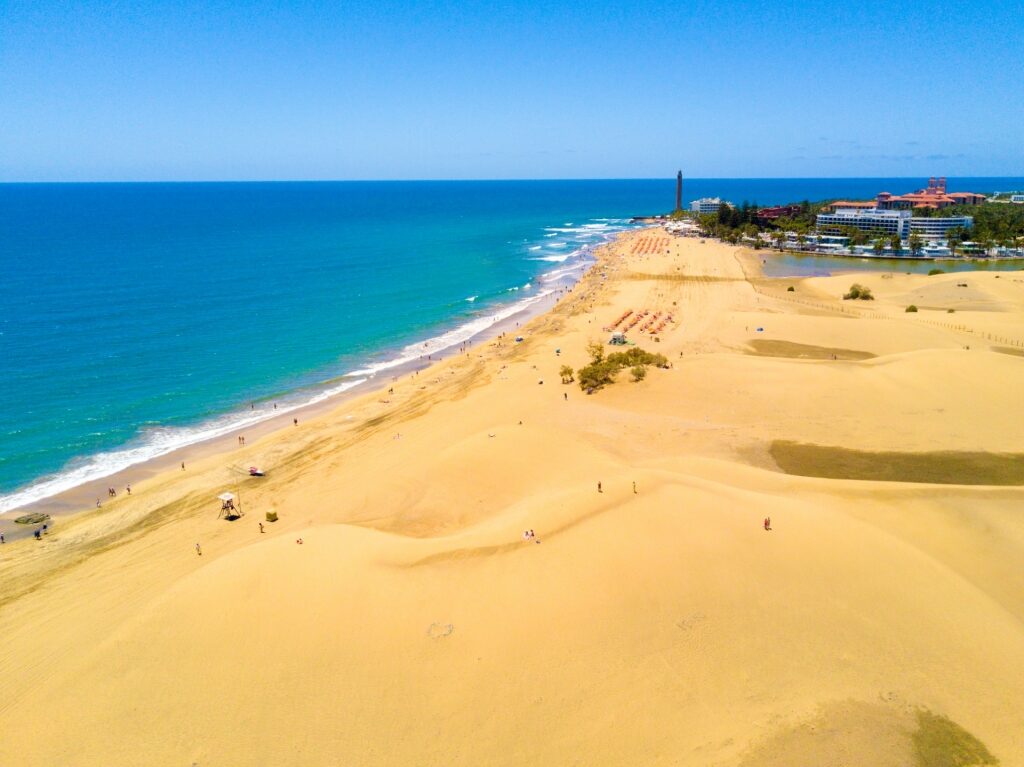
Maspalomas in Gran Canaria, Spain
Wander along the long promenade and admire the lighthouse, stopping for a cooling swim from the endless sandy beach.
Las Palmas, Gran Canaria’s capital city, is an enchanting place to spend a day. Head to the old center, Vegueta, which dates back to the 15th century. Here, narrow cobblestone alleys are lined with old Canarian houses that conceal leafy courtyards.
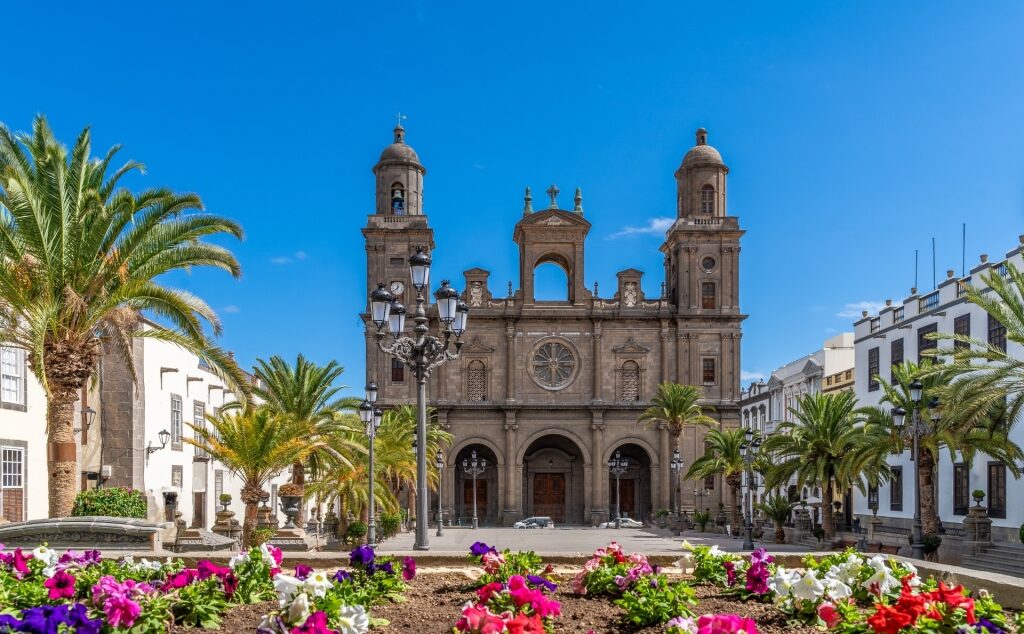
Santa Ana Cathedral in Gran Canaria, Spain
Vegueta is where Columbus is believed to have stayed before embarking on his epic adventure to the Americas in 1492. After you’ve visited the house and the Santa Ana Cathedral, stop for Spanish tapas in one of the many bars.
Cyprus
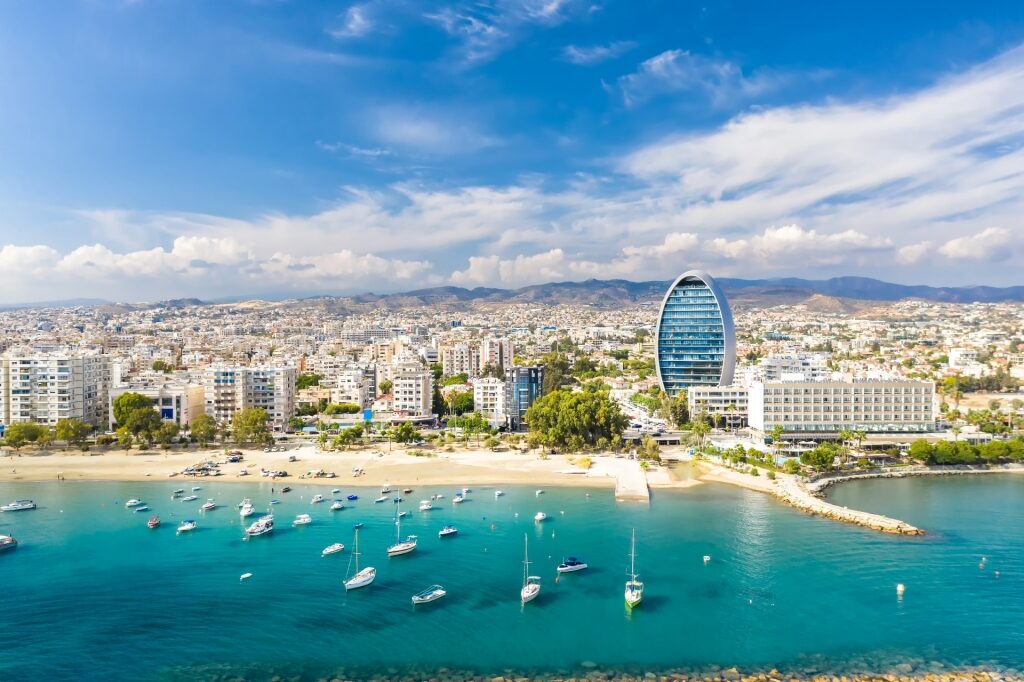
Limassol, Cyprus
Thanks to its location in the sunny far eastern corner of the Mediterranean, Cyprus has been crisscrossed by different civilizations over the millennia. The beautiful Curium Amphitheater near Limassol dates back to the second century BC and is still used for music and dance performances today.
Limassol is a busy port city. At its heart is a medieval castle where Richard the Lionheart married Berengaria of Navarre in 1191, making her Queen of England.
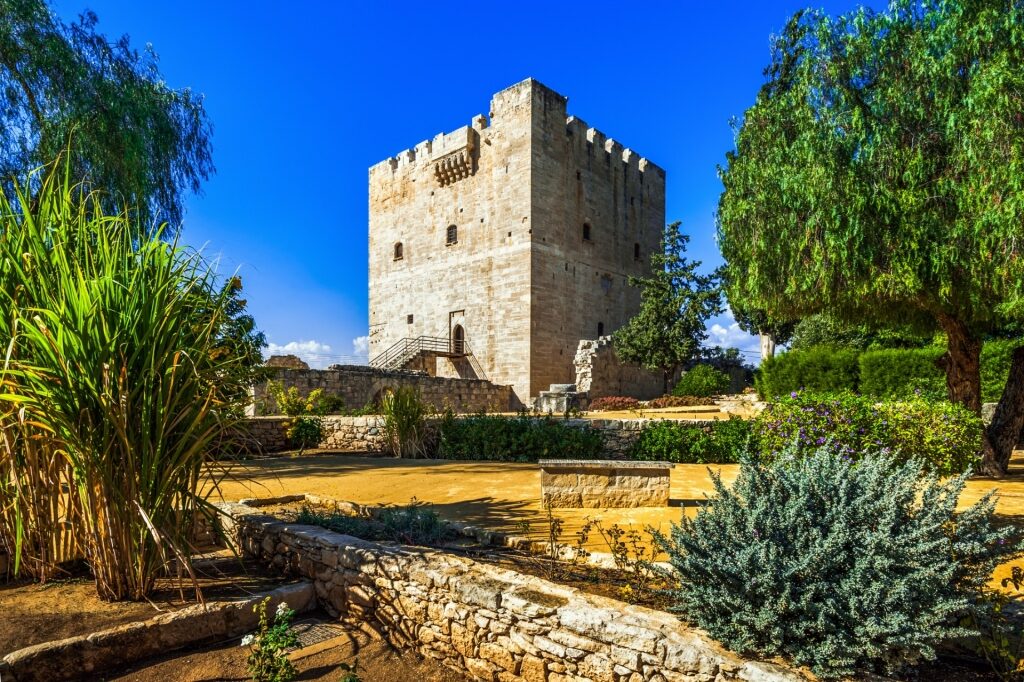
Kolossi Castle, Cyprus
You could also visit Kolossi Castle, a crusader stronghold back in the 12th century. Take a trip along the coast to Paphos to admire exquisite Roman mosaics.
Cyprus is one of the most beautiful islands in the world and perfect for lovers of the outdoors. The Troodos Mountains form a forested spine along the south of the island, where hiking trails lead to tumbling waterfalls and 4×4 excursions take you to ancient Venetian bridges arching across green rivers.
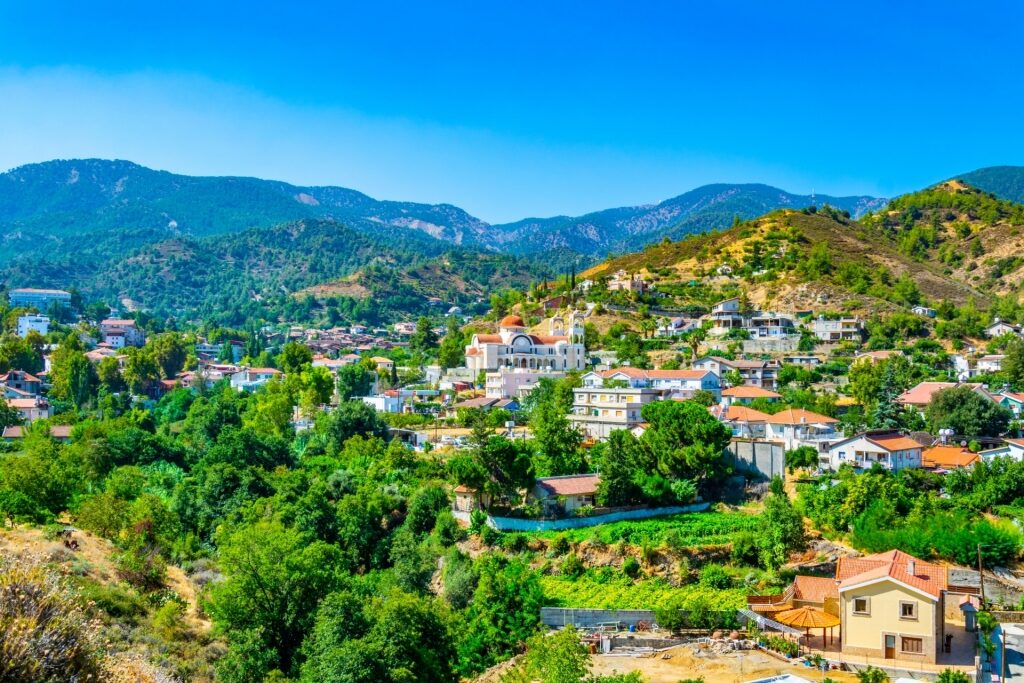
Troodos Mountains, Cyprus
Vineyards cover the foothills of the Troodos, with sleepy, stone-built villages between them. Head into the hills for a wine-tasting and a traditional Cypriot mezze lunch, which can extend for many happy hours.
Read: Incredible Beaches in Cyprus
Corfu, Greece
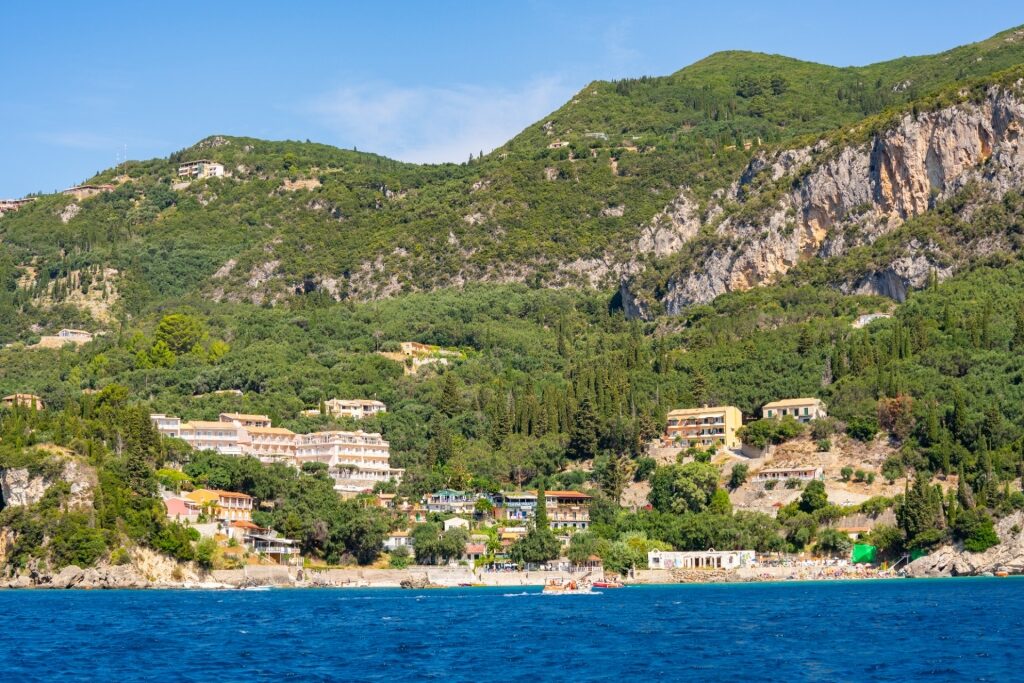
Corfu, Greece
Corfu lies in the Ionian Sea and as such, is different in appearance from the typical blue-and-white architecture of the Cyclades islands further south. The landscape here is punctuated by tall cypress trees. The architecture is influenced by the Venetians, the French, and the British, all of whom have had a presence here at some point.
Corfu Town is an elegant city defined by the Liston, a colonnaded arcade along which nobility would once walk, shaded from the sun. There are fortresses to explore, as well as the tangle of bougainvillea-draped alleys that’s now part of this UNESCO World Heritage Site.
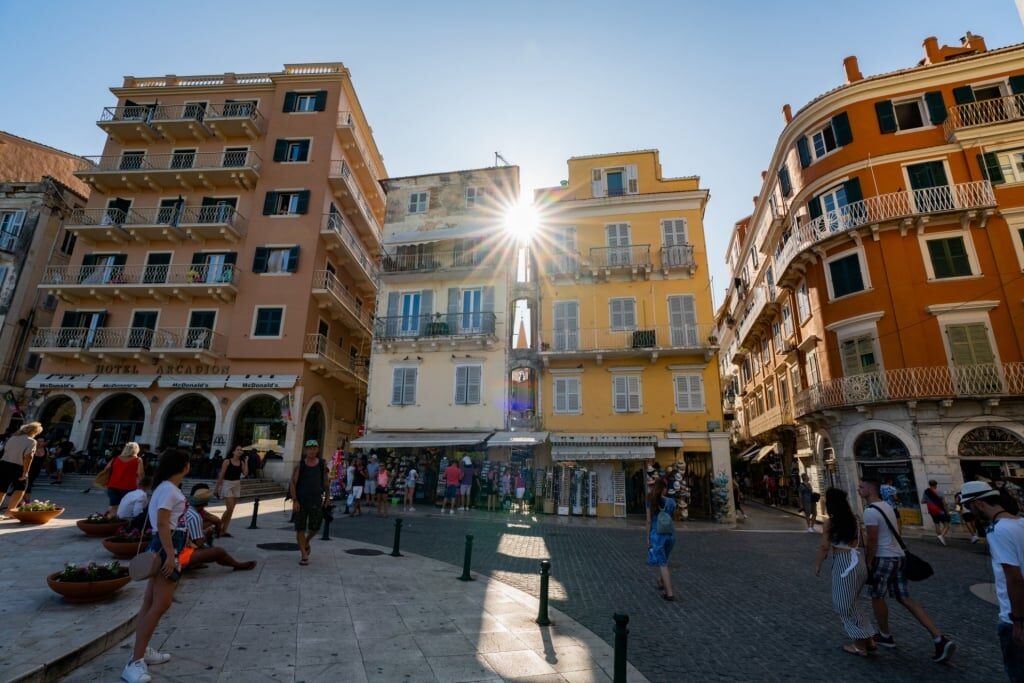
Corfu Town, Greece
When you need a break from sightseeing, stop by a bakery to pick up some warm Corfu cheese pies, a confection of salty, tangy cheese enclosed by buttery filo pastry.
Close to Corfu Town is the Achilleon Palace, built in 1890 as a summer retreat for Empress Elisabeth of Austria. Mementos of her life remain, and the salons and sweeping staircases of the palace are magnificent. The ornamental gardens are lush and beautiful.
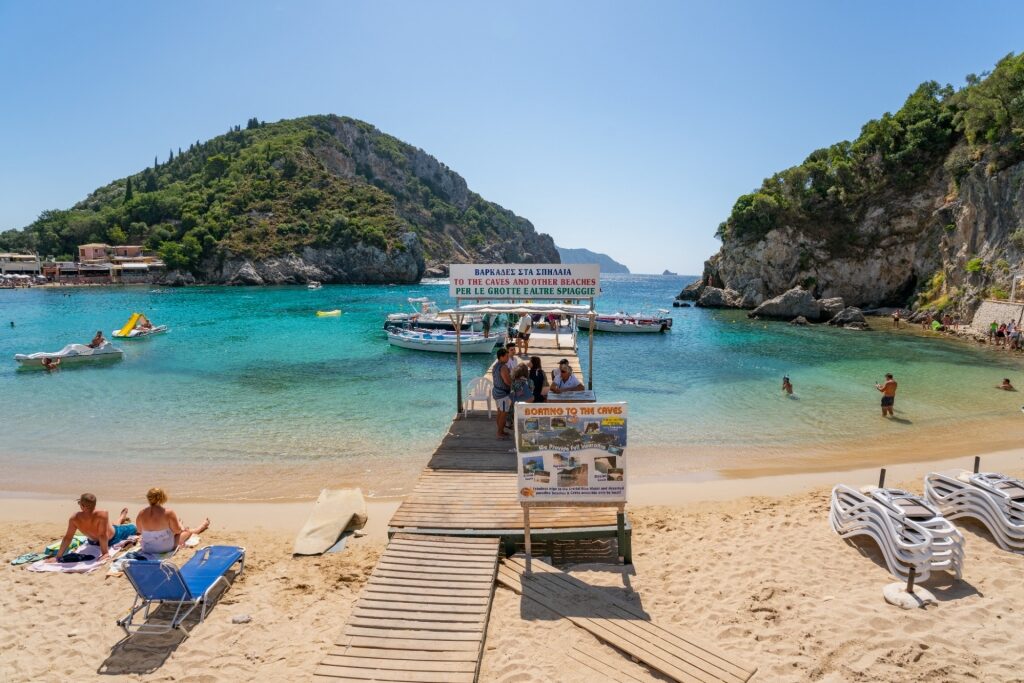
Paleokastritsa in Corfu, Greece
Of course, no trip is complete without visiting one of Corfu’s gorgeous beaches. Paleokastritsa is one of the most beautiful spots, where you’ll find a series of sheltered turquoise coves with sand and pebble beaches backed by olive groves.
Ireland
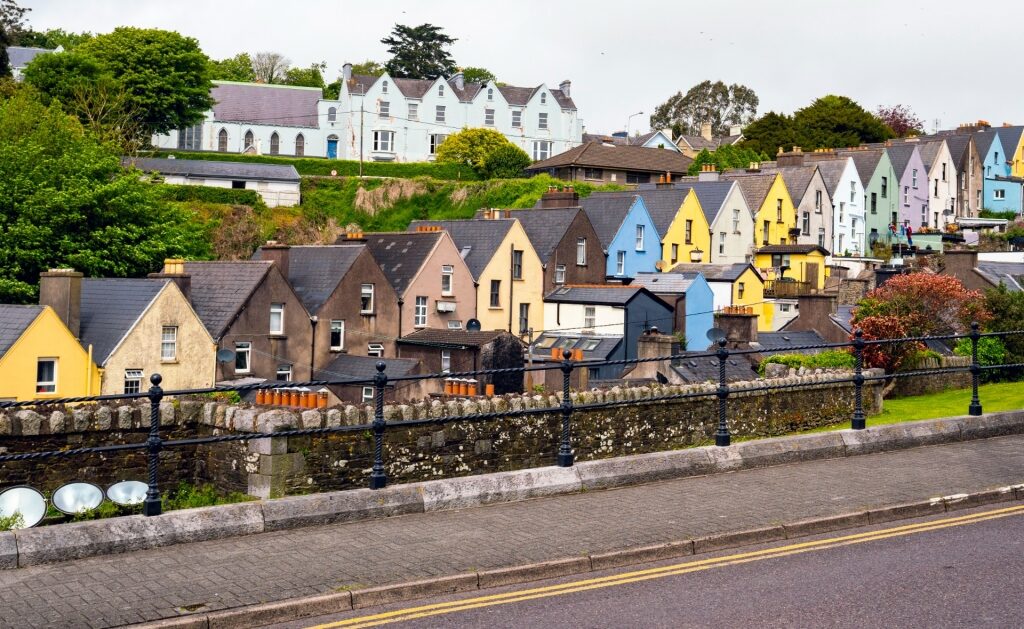
Cork, Ireland
The Emerald Isle, one of the best islands in Europe, is a place of soft, rolling green countryside, picturesque towns, pristine shorelines, and cozy pubs.
In Belfast, you can learn about the “Troubles”, the political conflict that lasted from the 1960s to 1998 and left its mark on a still-divided city. Visit the outstanding Titanic Belfast exhibit to learn through interactive displays about the ill-fated liner, which was constructed in Belfast.
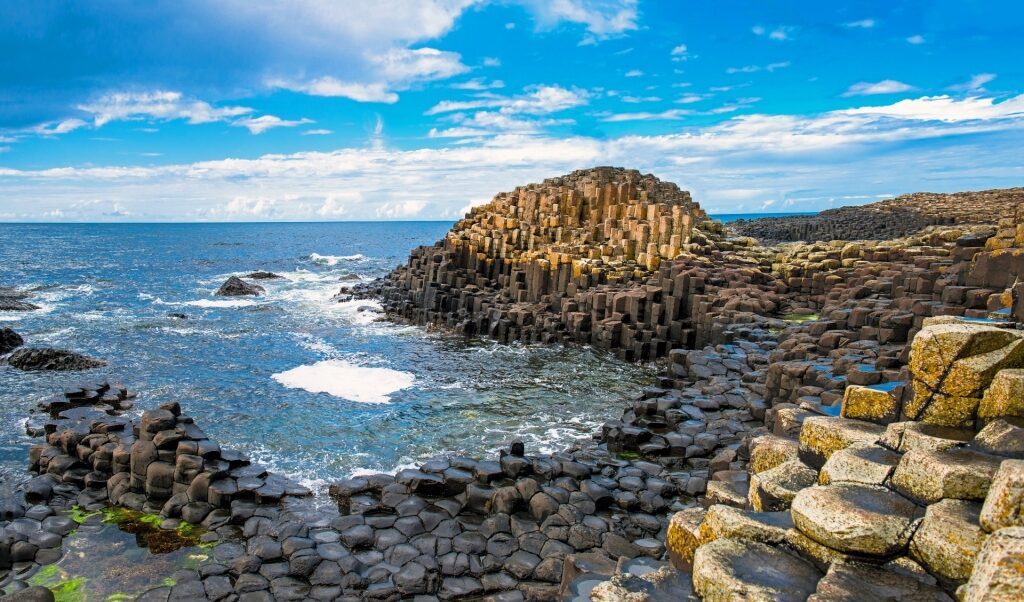
Giant’s Causeway, Ireland
Head out of town to the extraordinary Giant’s Causeway, a coastline comprising thousands of symmetrical basalt stacks.
Waterford is famed for its exquisite crystal, and you can visit the showroom to see how it’s made and shop for souvenirs to take home. In town, explore Reginald’s Tower, built in the time of the Vikings, and today housing the City Museum. Make time for the nearby Rock of Cashel, a dramatic 12th-century castle.

Saint Fin Barre’s Cathedral in Cork, Ireland
In Cork visit the 15th-century Blarney Castle and climb up to the battlements to kiss the Blarney Stone, a ritual that’s said to bestow you with the gift of the gab. In town, admire the Gothic Revival Saint Fin Barre’s Cathedral and visit the English Market to taste delicious local bread, cheeses, and seafood.
Sicily, Italy
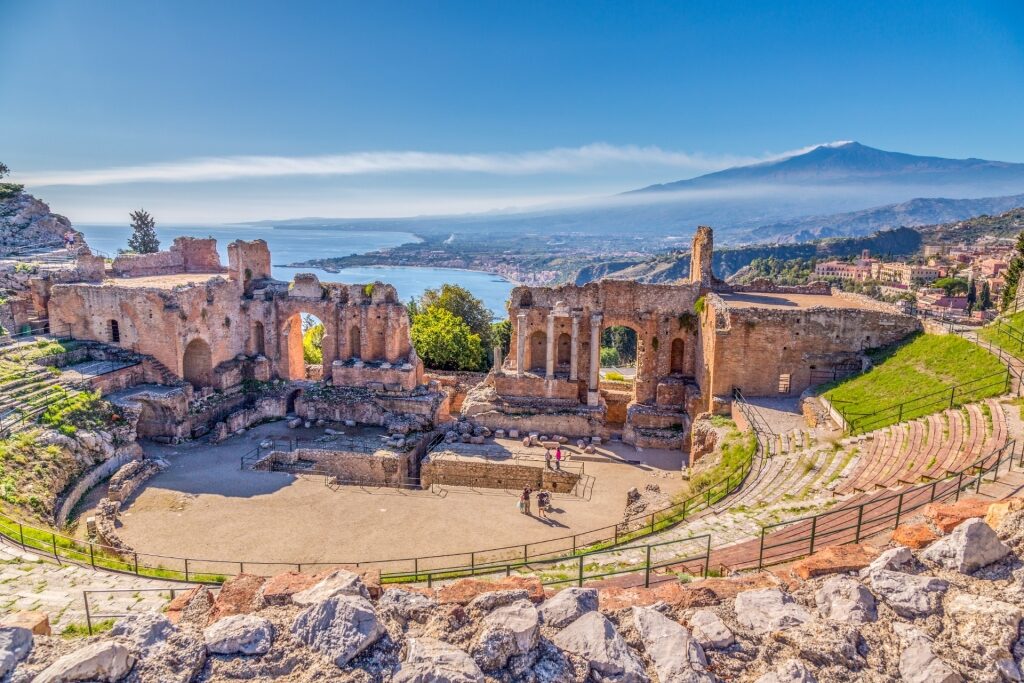
Taormina in Sicily, Italy
As the largest island in the Mediterranean, Sicily has appeal for every taste. Whether you’re a beach, mountain, or city person, you’ll never run out of things to discover.
That’s before you even touch the marvelous food and wines that Italy is known for. Sicily’s unique cuisine blends Italian and North African influences, while the wines have 3,000 years of experience behind them.
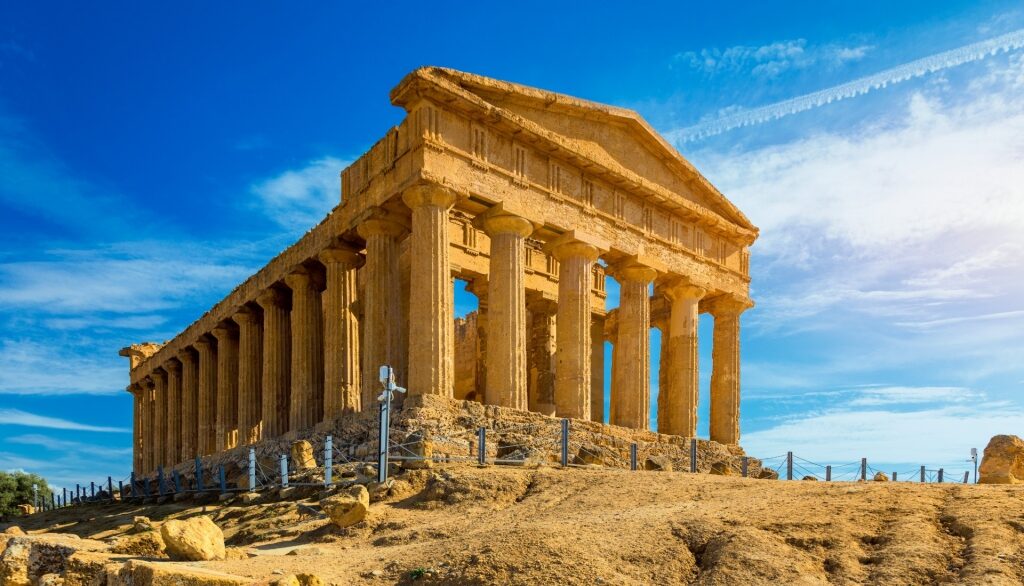
Valley of the Temples in Sicily, Italy
A tour of the island’s heritage reveals even more influences, from Greek or Roman, to Byzantine or Arab. The Valley of the Temples, for example, is among the world’s best-preserved Greek archaeological sites.
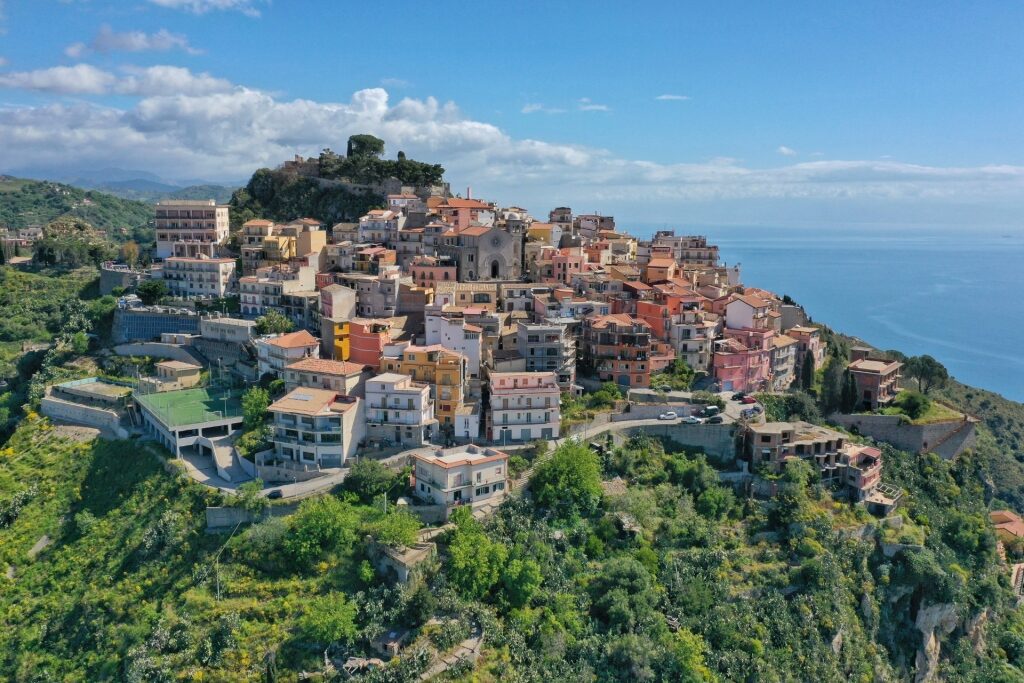
Castelmola in Sicily, Italy
Taormina is often called the most beautiful town in Sicily, while nearby Castelmola is one of its most enchanting villages. There’s heavy competition for those titles among the island’s many lovely towns in spectacular settings.
Santorini, Greece
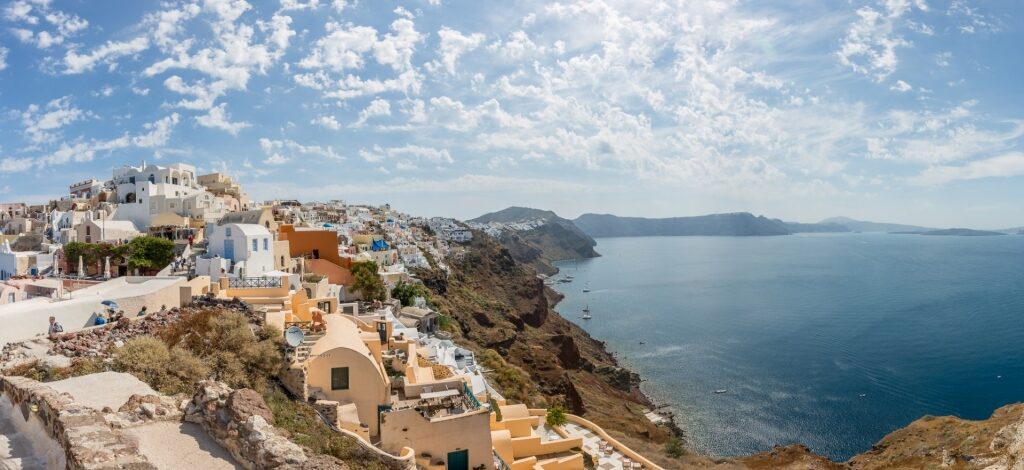
Oia in Santorini, Greece
Topping most lists of the best places to watch the sun set in the world, Santorini is much more than that. It’s long been an exclusive retreat for food, wine, and its sheer beauty.
At the heart of this volcanic island is the town of Oia, its blue-domed white churches one of the most photographed settings in the world. A magnet for artists, Oia is the place to find exquisite jewelry, paintings—or just enjoy a meal overlooking the sea.
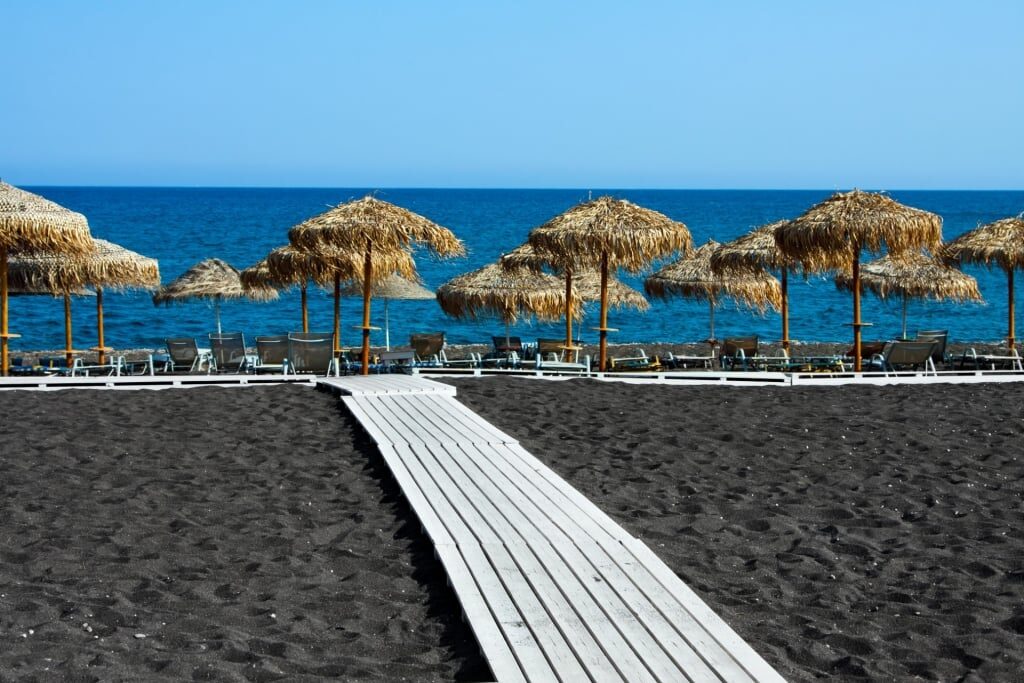
Perivolos Beach in Santorini, Greece
Swim in those crystal-clear waters at Santorini’s beaches such as Perivolos. The firm, volcanic-black sands make for great walking as well, with lots of bars and cafés if you need a break.
For an insight into the island’s history, visit the ruins of Akrotiri, dating to 4000 BCE. See for yourself why this “Greek Pompei” has been compared to the legendary Atlantis.
Read: Best Way to See the Greek Islands
Mallorca, Spain
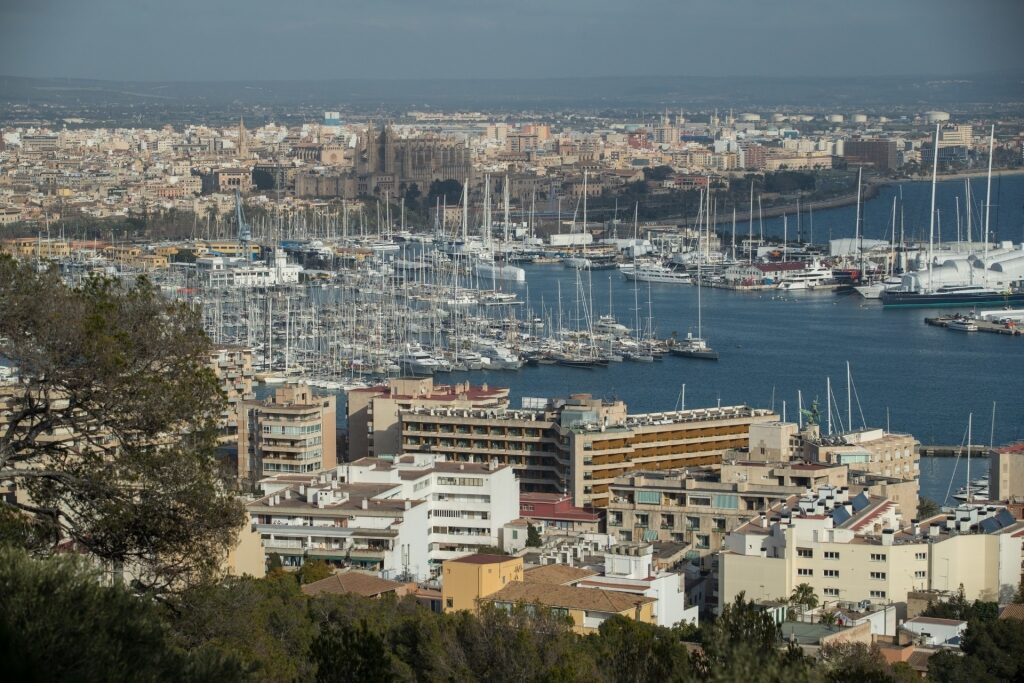
Palma de Mallorca, Spain
Long favored by anybody from families to cyclists, sailing enthusiasts, and even Spain’s royal family, Mallorca offers spectacular mountain and coastal scenery, a perfect climate, and superb cuisine. Add in fine Mediterranean beaches, and you have one of the best islands to visit in Europe.
Mallorca’s craggy mountains are as popular with hikers as they are with cyclists. The Serra de Tramuntana, the backbone of the island and home to some of the best hiking in Spain, is a Unesco World Heritage Site for its mix of history, culture, and nature.
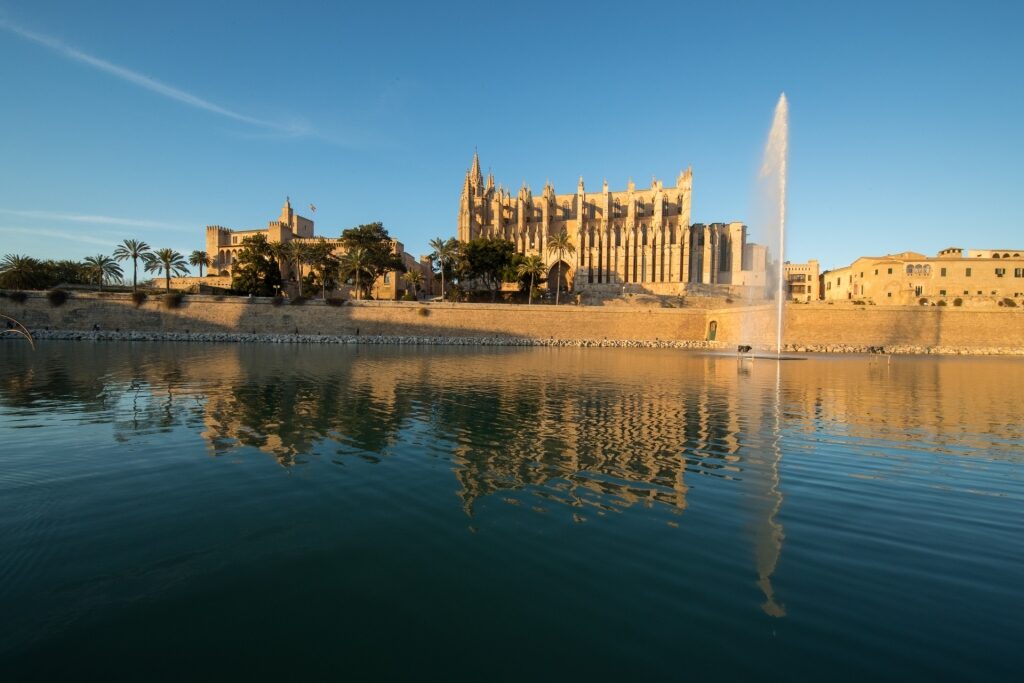
La Seu Cathedral in Palma de Mallorca, Spain
Discover more local history at Bellver Castle, one of the few circular castles in Europe. Don’t miss the majesty of Palma’s La Seu Cathedral and gothic quarter, either.
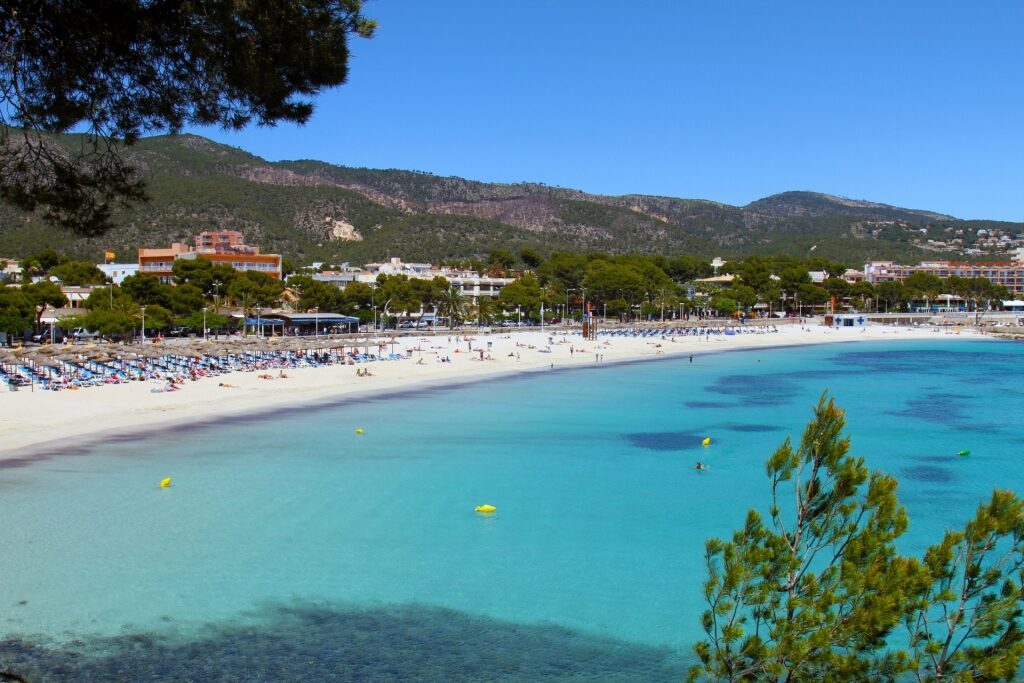
Palma Nova in Mallorca, Spain
For beaches, take yourself to the white sands of Palma Nova. Its three beaches are linked by a promenade and share all the watersports, bars, and restaurants serving some of the best Mallorcan food.
Crete, Greece
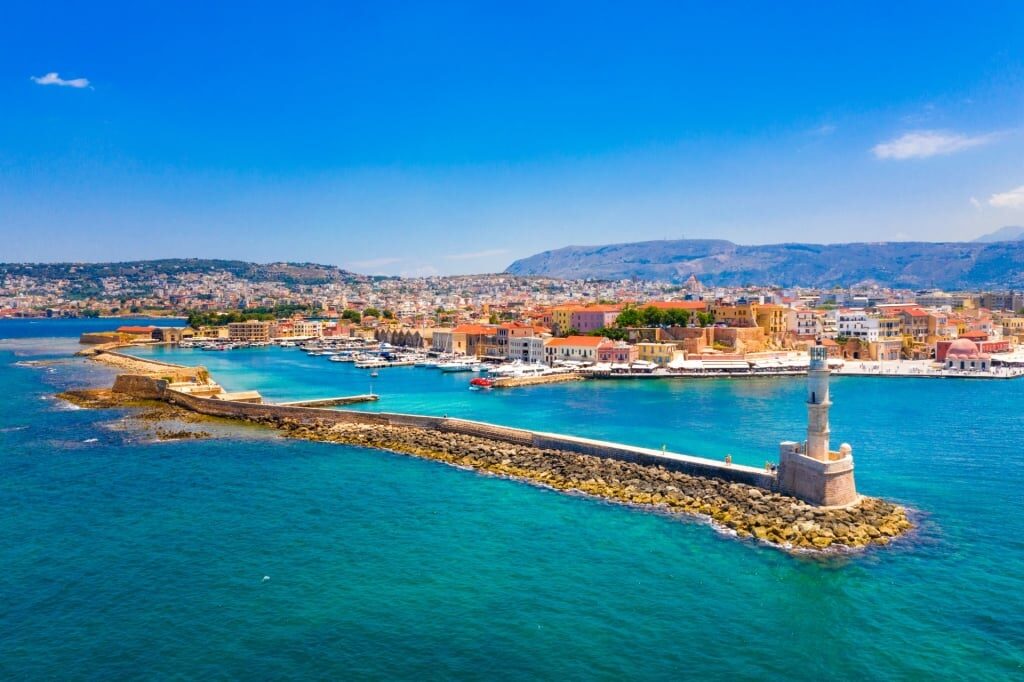
Chania in Crete, Greece
Greece’s largest island has a unique history and culture. Behind its famous Greek beaches, you’ll discover great cuisine, jagged mountains, and deep-rooted history.
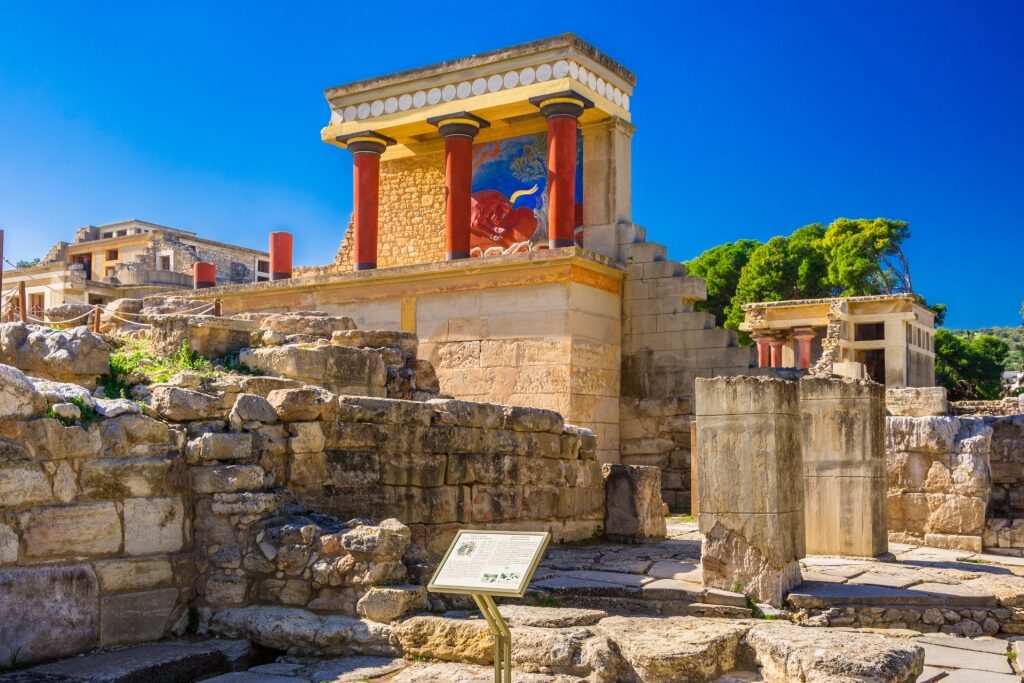
Knossos in Crete, Greece
The Minoans, who lived here from 3000 through 1100 BCE, left the palaces of Knossos, Malia and Phaistos. Romans, Byzantines, and Venetians also bequeathed impressive remains in sites such as Gortyna and the fortress of Spinalonga.
Nature has created its own wonders in the Samaria Gorge, the largest in Europe. The gorge is famed for its long hiking trail, one among many in the rugged and beautiful interior.
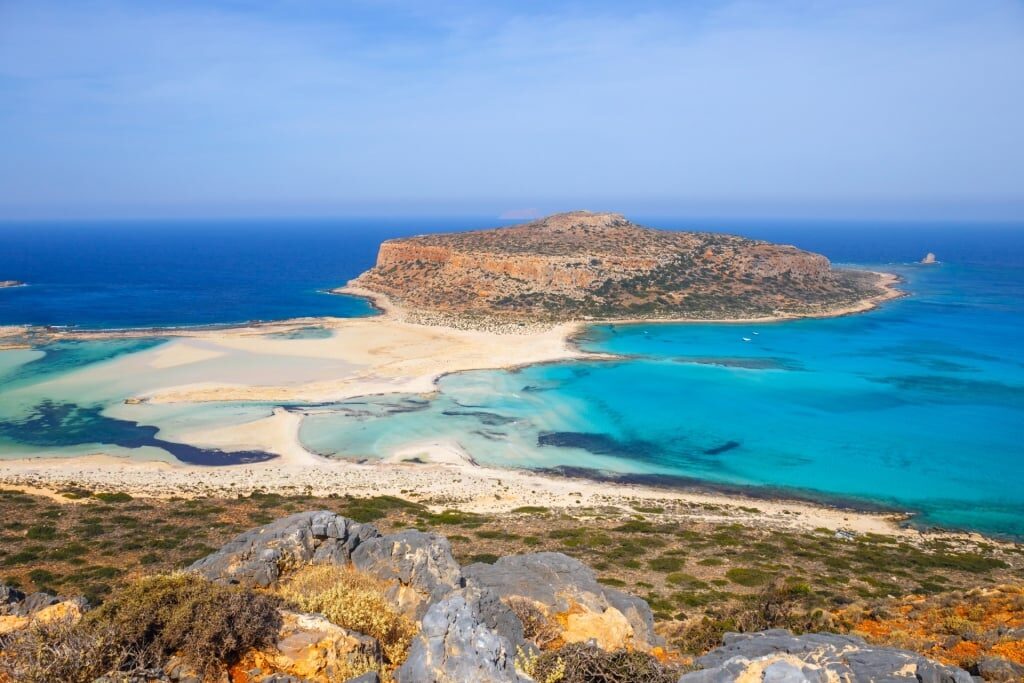
Balos Lagoon in Crete, Greece
Many visitors, however, never leave the white or pink sand beaches in places such as the famous Balos Lagoon, or Lake Kournas—unless it’s to indulge in local food and drink, from lamb scented with wild herbs to unique wines such as Vidiano, Kotsifali or Liatiko.
Read: Magical Villages in Crete to Explore
Malta
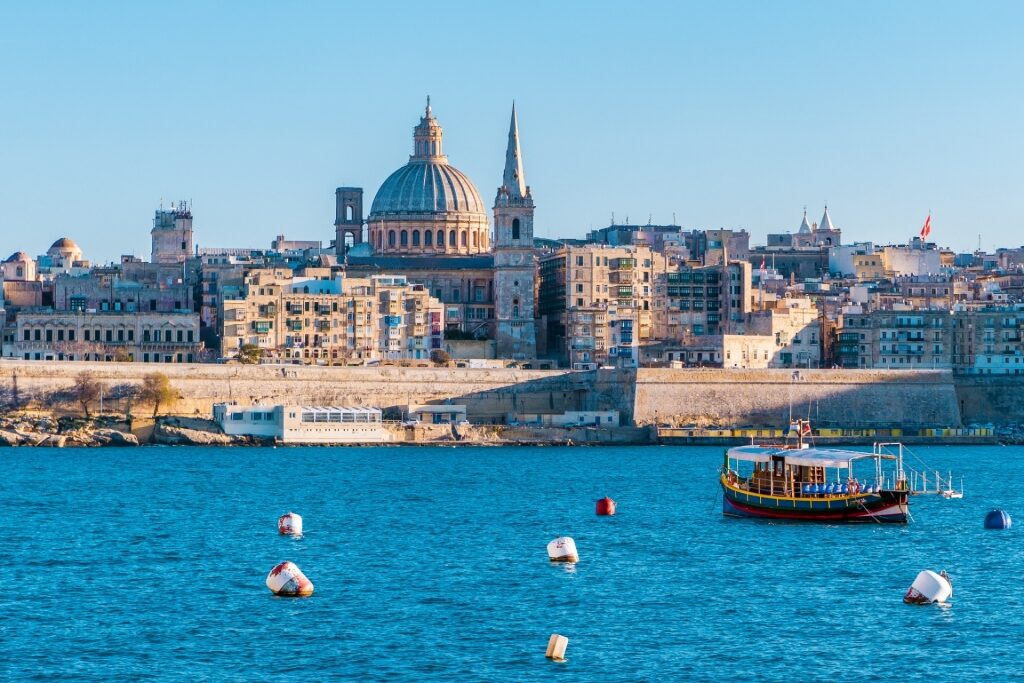
Valletta, Malta
At the crossroads of the Mediterranean, with three deep harbors, tiny Malta has a strategic importance belying its size. The Phoenicians, Carthaginians, Romans, Ottomans, and British were among those who fought for control of this rocky island to the south of Sicily.
The waterfront of Valletta is dominated by the fortifications that are a legacy of the Great Siege of 1565, when Christian knights held off the Ottoman Empire. Stroll the shady Upper Barrakka Gardens for a closer look at these ramparts, almost inhuman in their vast scale.
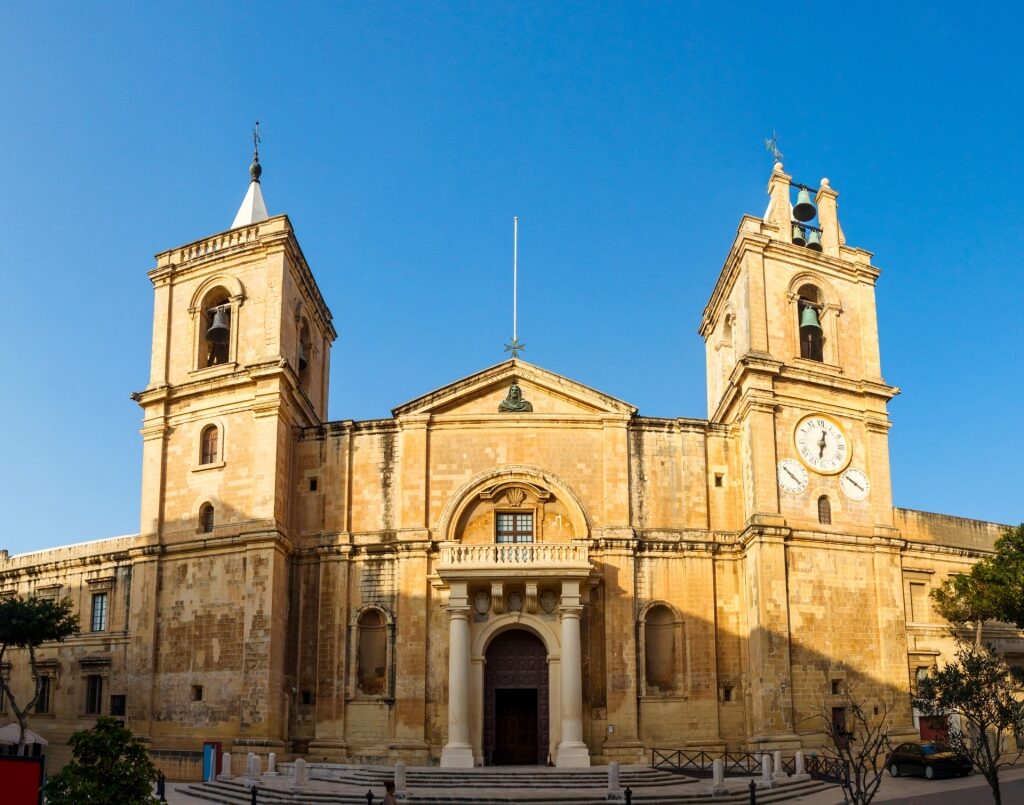
St. John’s Co-Cathedral in Valletta, Malta
The knights left many other traces, not least in the wealth they brought to churches such as St. John’s Co-Cathedral. One of the most beautiful churches in the world, its gilded, baroque interior has treasures that include Caravaggio’s striking painting, “The Beheading of Saint John the Baptist”.
Outside these architectural and artistic wonders, the island is a paradise of warm blue waters that make it extremely popular with filmmakers, never mind holidaymakers. Many of Malta’s beaches, coves, towns, and landscapes may seem familiar already from film and TV screens.
Read: Best Things to Do in Malta
Madeira, Portugal
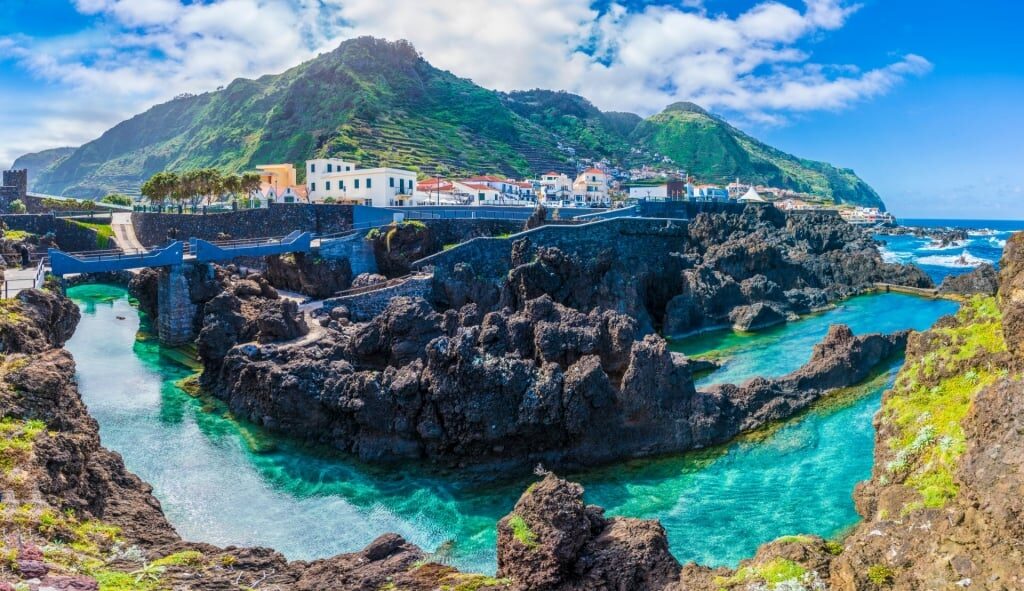
Porto Moniz in Madeira, Portugal
Madeira’s subtropical climate makes it a great year-round destination; in fact, it’s known as “The Island of Eternal Spring”. Its rich, volcanic soils grow a range of natural wonders, seen at their best in the Botanical Gardens overlooking Funchal, the capital.
Along the coast, rock pools left by ancient volcanic activity make lovely swimming spots. The village of Porto Moniz is one popular center, while Doca do Cavacas and Camara de Lobos are more rustic but equally lovely.
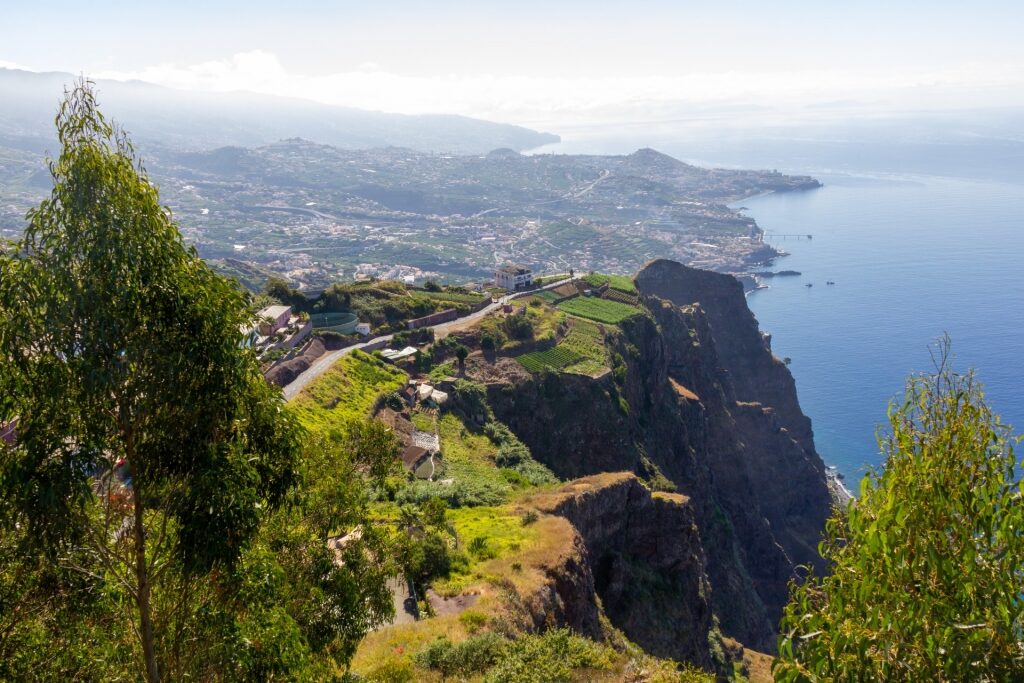
Cabo Girao in Madeira, Portugal
Behind the coast, much of the rocky interior is a nature reserve. Explore the whole island and some of the most beautiful places in Portugal by hiking, mountain-biking or other activities, including Europe’s highest skywalk at Cabo Girao.
The fertile soils also help produce the fortified wines that Portugal is famous for. Join a tour to widen your own knowledge of these interesting varieties.
Mykonos, Greece
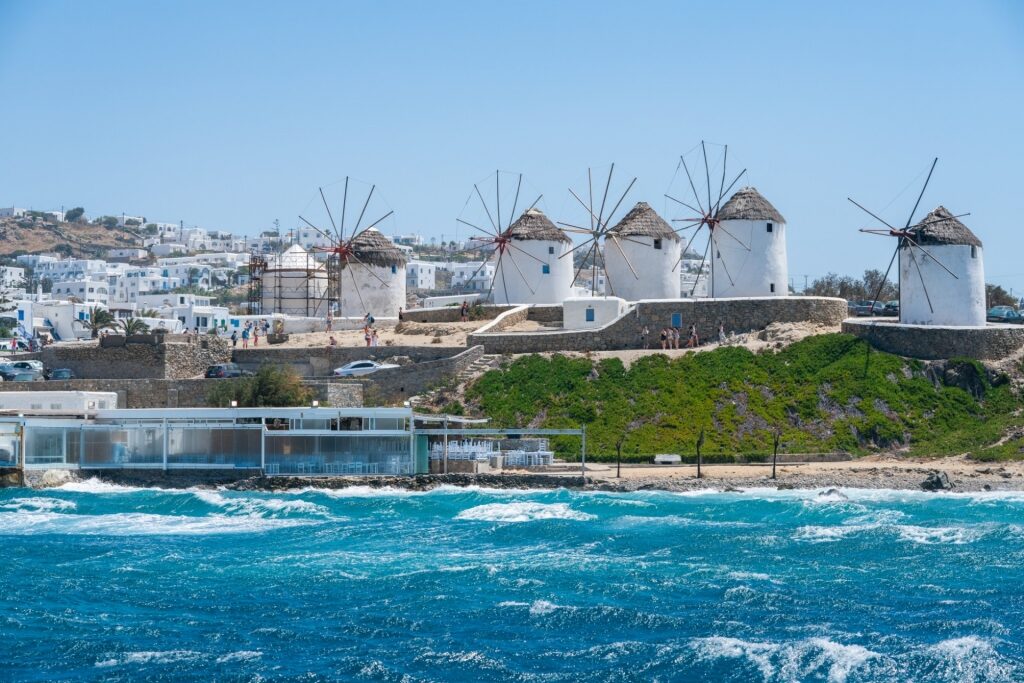
Mykonos, Greece
The sun shines on Mykonos for around 300 days a year, while its strong winds keep it cool at the height of summer. Those winds powered the many windmills that remain a picturesque feature of the island.
Even more photographic is the area of Little Venice, one of the most beautiful places in Greece, where lovely old houses hug the water. Once the homes of merchants, many are now chic bars or restaurants.
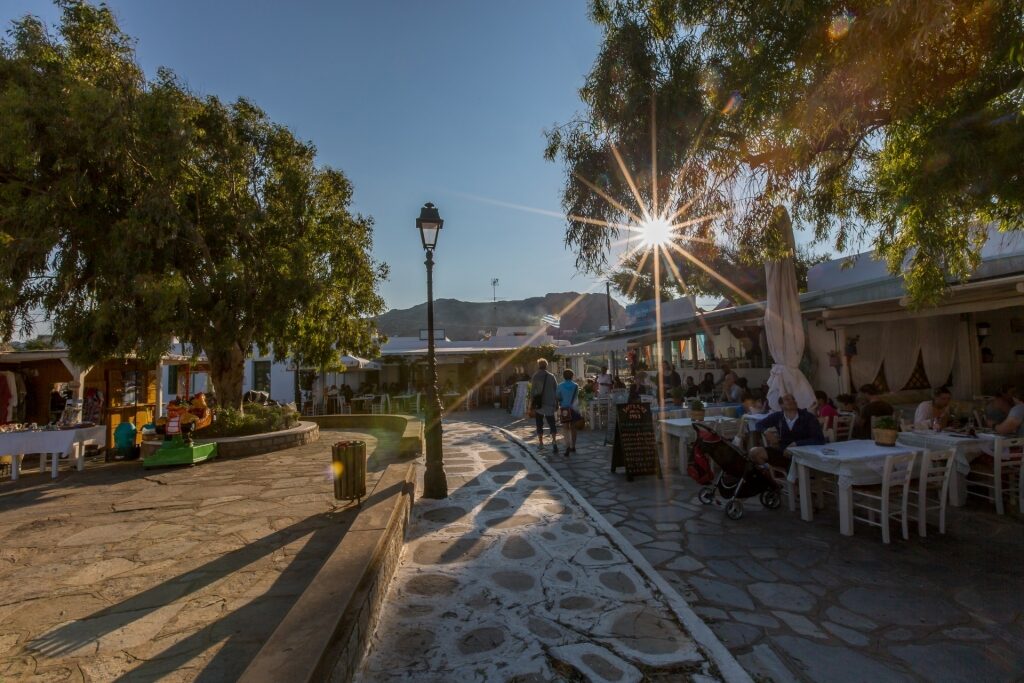
Ano Mera in Mykonos, Greece
One of the best things to do in Mykonos is to visit Ano Mera, the island’s second-largest settlement after Mykonos Town and a quiet escape from the busy capital. At its heart is an historic monastery, while its many excellent restaurants feed less spiritual needs.
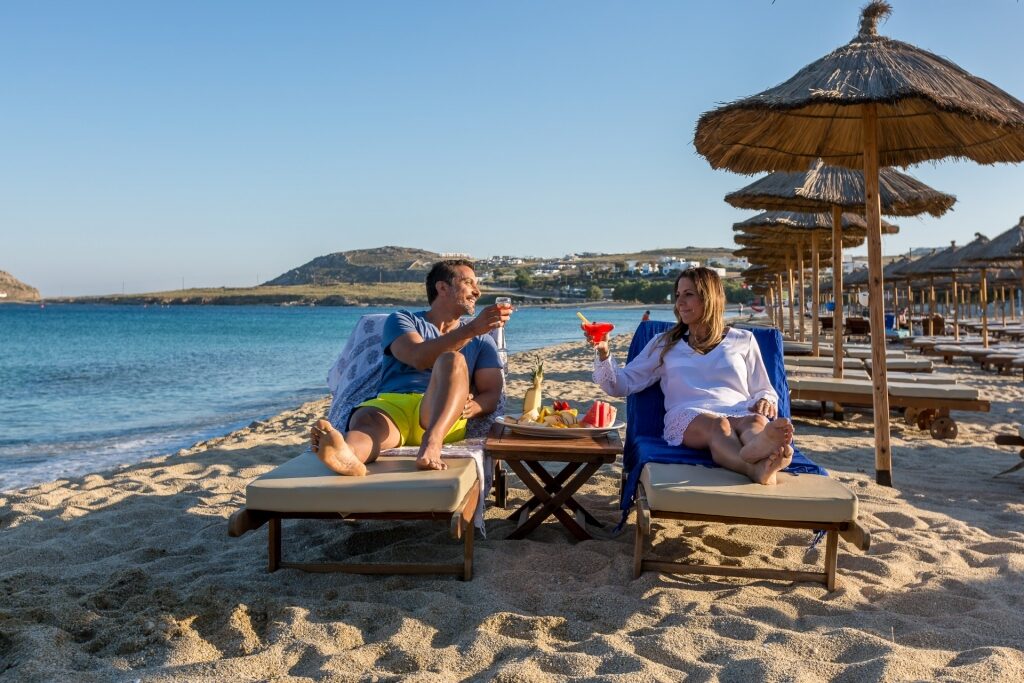
Kalafatis Beach in Mykonos, Greece
On the eastern side, Kalafatis Beach is a center for watersports, especially windsurfing. The clear waters of this Mykonos beach make snorkeling and scuba diving an attractive option, too.
Iceland
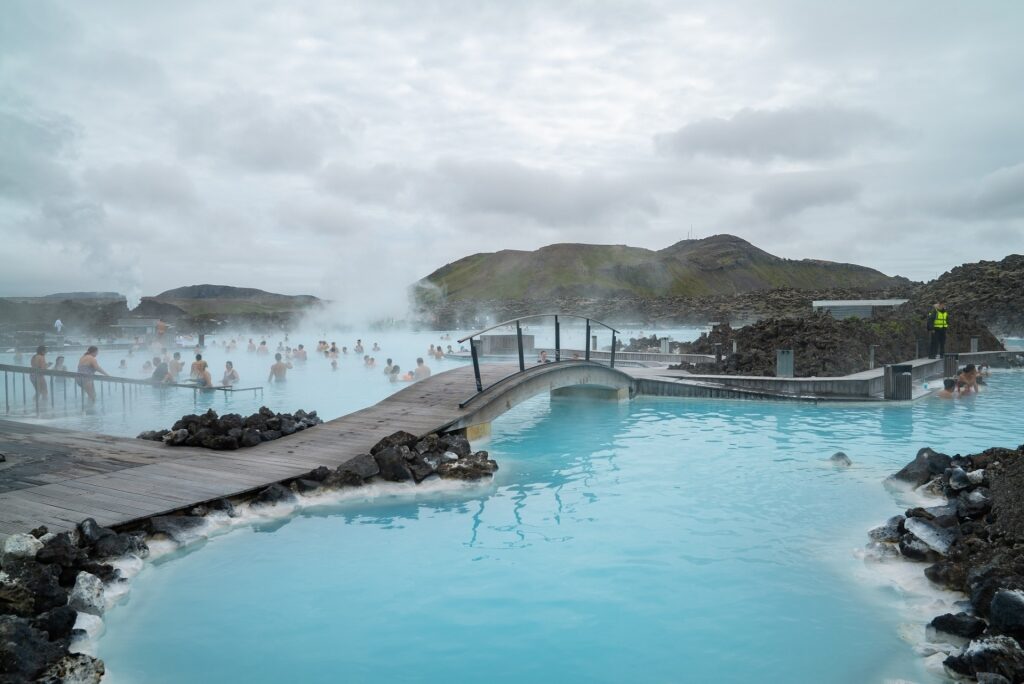
Blue Lagoon, Iceland
Iceland’s very name is a clue as to what to expect in Europe’s far north. Still, plunge into the famous Blue Lagoon—one of the best hot springs in Iceland—and you can be as warm as anywhere else on the list.
It may be a surprise to learn that this pool is the run-off from a geothermal power plant. But Iceland is a place where you’re constantly reminded of nature’s power.
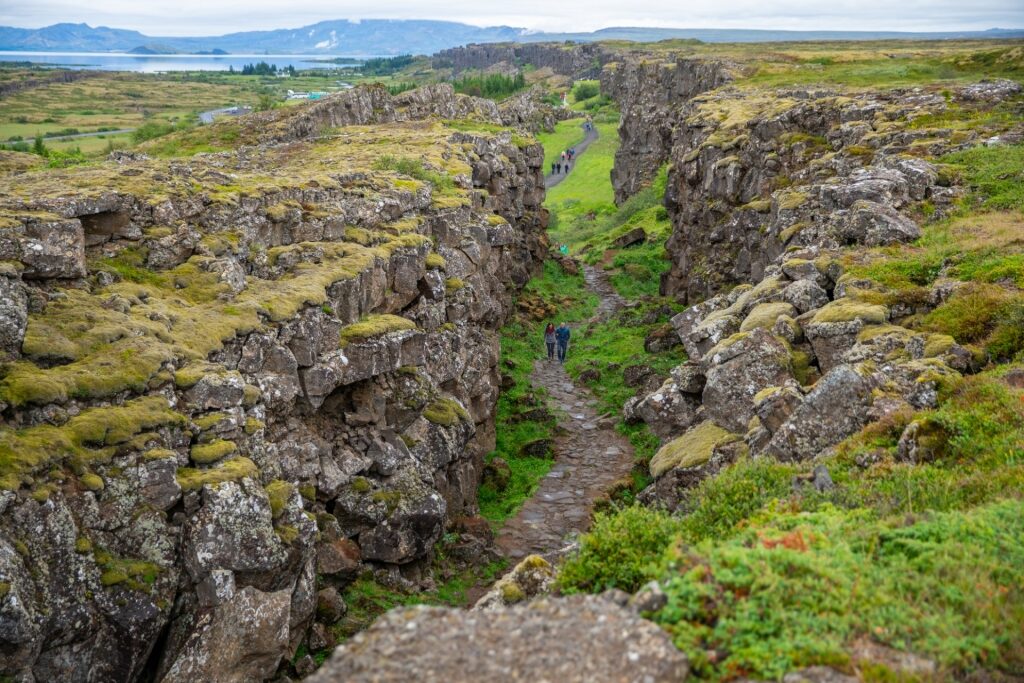
Thingvellir National Park, Iceland
Thingvellir National Park is one of the most beautiful places in Iceland. The chasm between the American and Eurasian tectonic plates is the setting of the world’s oldest parliament.
Over 1,000 years ago, Vikings looked at the awesome geology and decided it was the perfect place for meetings.

Langjökull Glacier, Iceland
Experience Iceland’s nature and embrace the ice, literally, by joining a thrilling guided tour inside the Langjökull glacier. You’ll see rivers and waterfalls flowing deep under the ice, and explore vast ice caverns and man-made features, including an icy wedding chapel.
Sardinia, Italy
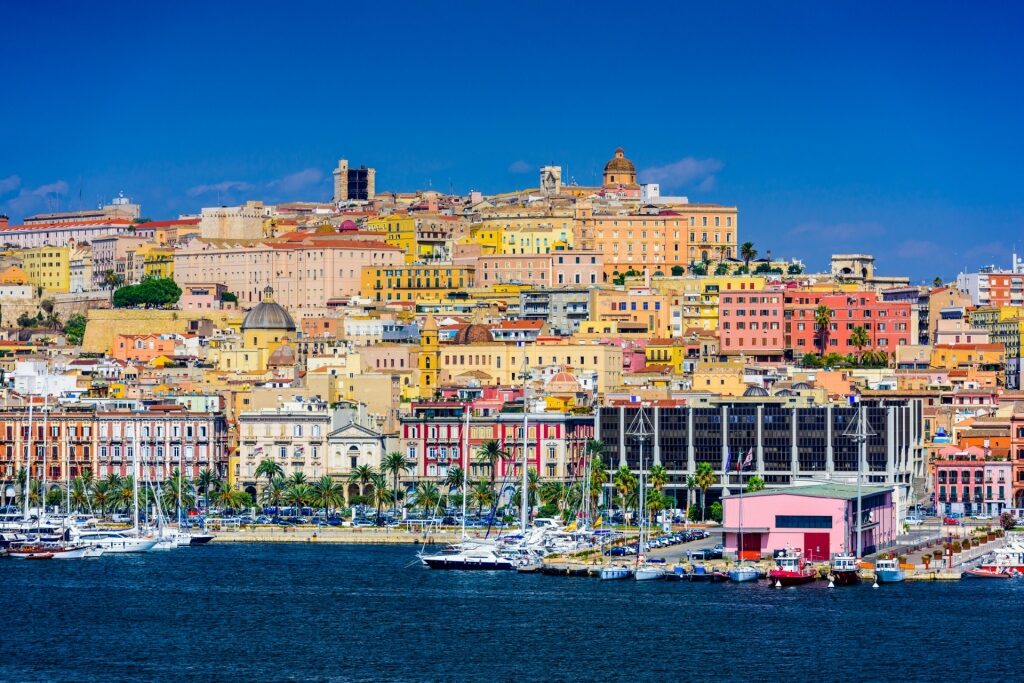
Cagliari in Sardinia, Italy
The second-largest Mediterranean island has over 1,000 miles of coastline, with some of its best beaches. It also has a wild interior that’s perfect for communing with nature.
With its Italian heritage, Sardinia also boasts wonderful restaurants. Meanwhile, you’ll discover quiet villages where life has been unchanged for centuries.
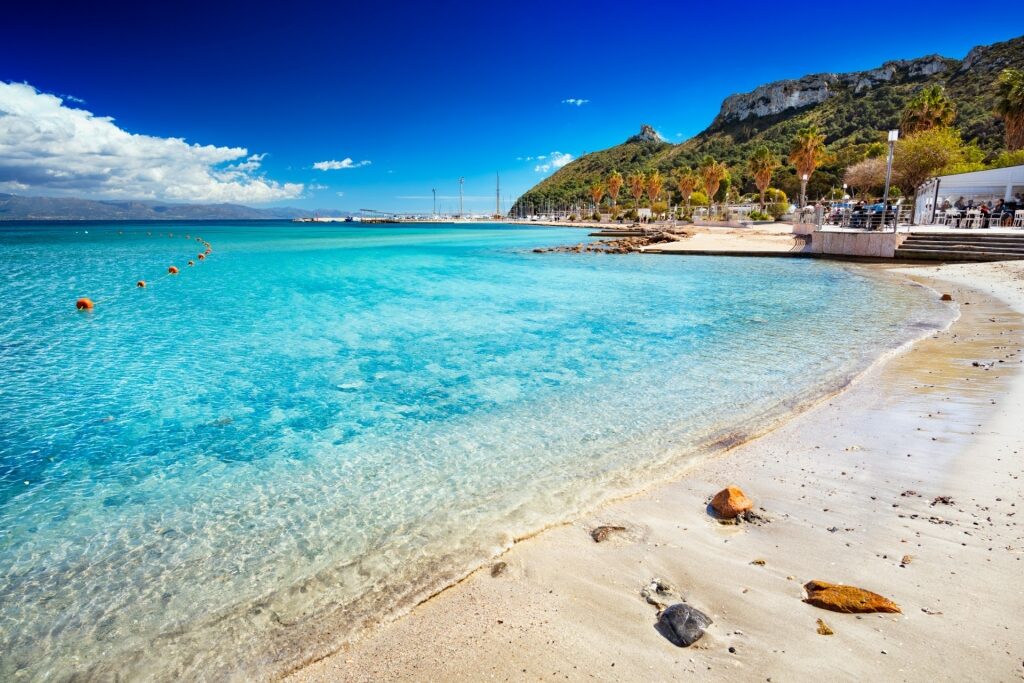
Poetto Beach in Sardinia, Italy
Sardinia’s beaches, such as the white sands of Poetto, or the unusual tiny pebbles of Cala Goloritzé, are major draws, great for people-watching, beach bars, and swimming in the clear aquamarine water.
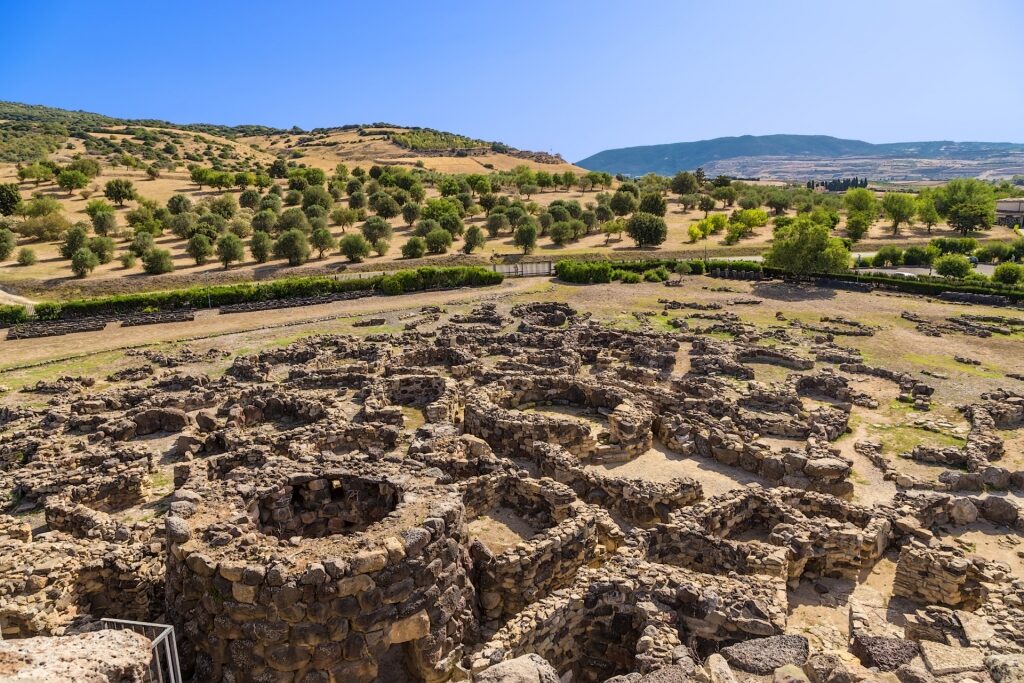
Su Nuraxi in Sardinia, Italy
History lovers will enjoy sites such as Nora, a Roman city with an amphitheater, and bath complex. The even older site of Su Nuraxi has unique “nuraghe”: prehistoric fortified structures dating back to 1900 BCE.
Rhodes, Greece
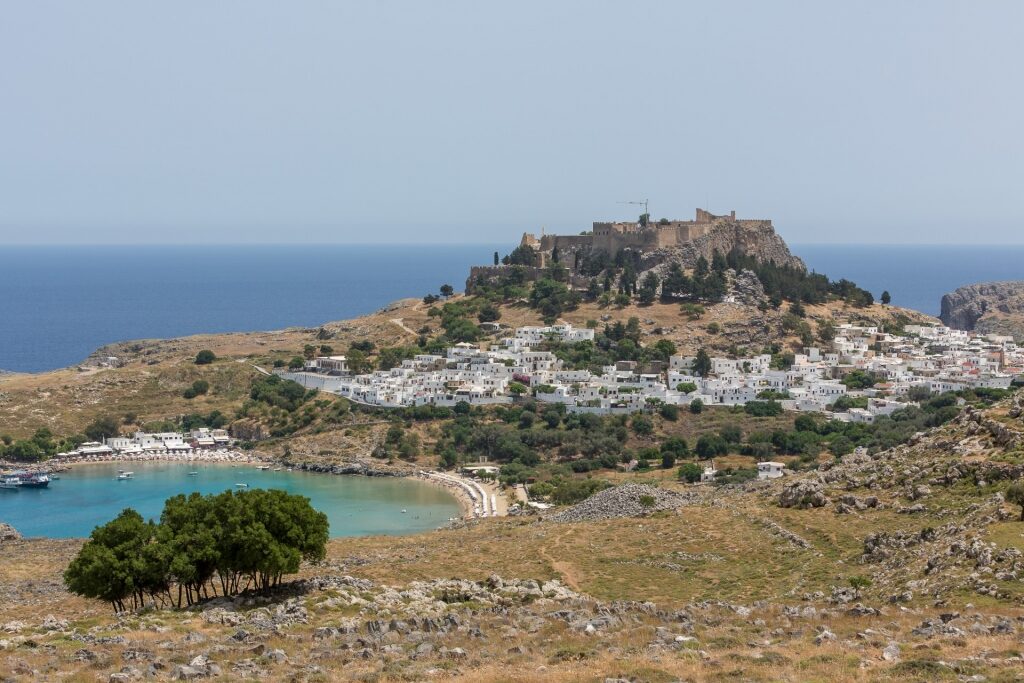
Acropolis of Lindos in Rhodes, Greece
Rhodes is officially the sunniest Greek island, and has some of its best beaches. But it’s history that really helps this eastern Mediterranean spot stand apart as one of the best islands in Europe.
Rhodes’s Old Town is Europe’s oldest inhabited medieval city. Wander its cobbled alleys to find Ottoman mosques and Byzantine churches, a legacy of occupation by Turks, Italians, and many others over the centuries.
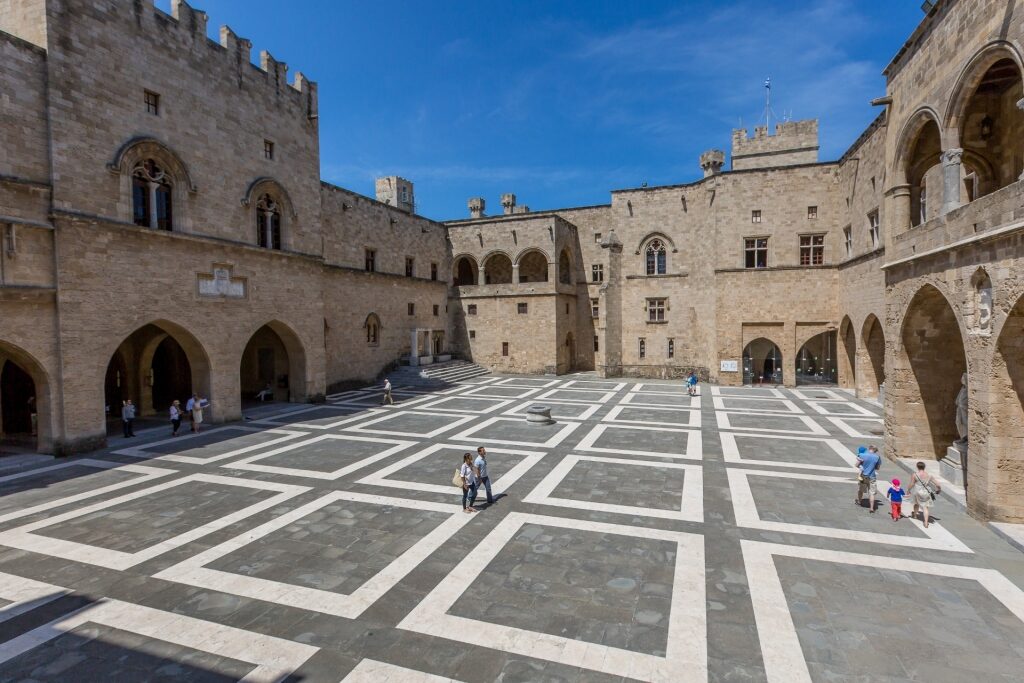
Palace of the Grand Master in Rhodes, Greece
The most famous occupiers were the Knights of Saint John, whose history is told in the historic Palace of the Grand Master. The Acropolis of Lindos, with its temple dedicated to Athena, takes you even further back in time.
Firmly in the present, you’ll enjoy sumptuous seafood with excellent local wines in Rhodes. To find out more, take a tour among vineyards with 2,500 years of history behind them.
Read: Best Beaches in Rhodes
Azores, Portugal
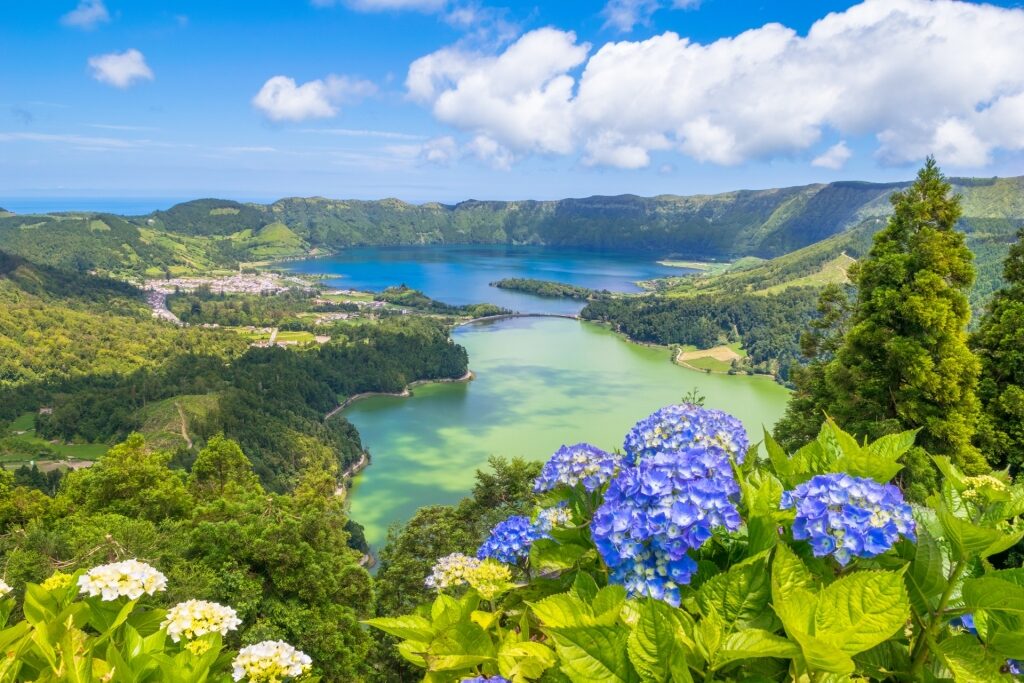
Sete Cidades in Azores, Portugal
The Azores is an archipelago of nine volcanic islands in the North Atlantic. They are a paradise for whale-watching, hiking (including on Portugal’s highest mountain), and diving.
After, or even before, any such European adventures, you’ll want to explore the many hot springs. São Miguel island is home to pools such as Poca da Dona Beija baths, or the Caldeira Velha.
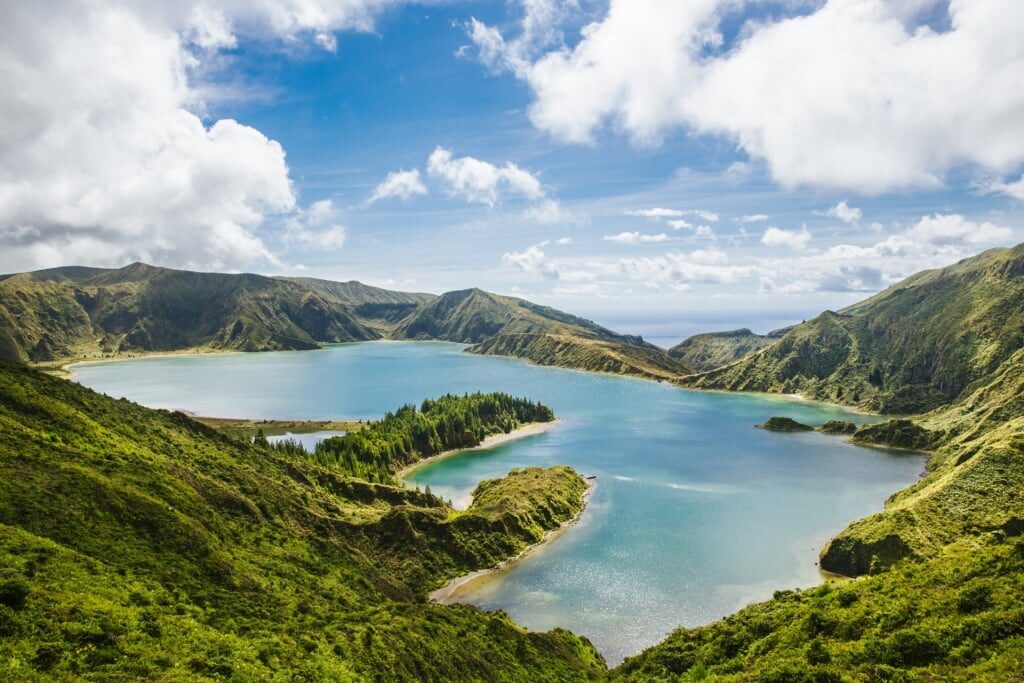
Lagoa do Fogo in Azores, Portugal
Sete Cidades is famed for its twin Blue and Green lakes, said, romantically, to be formed from the tears of a princess and her lover. The island also has one of the most beautiful lakes in Europe, Lagoa do Fogo (“Lake of Fire”), a protected crater lake surrounded by natural, endemic forest.
The whole region of Ribeira Grande is also a center for wild, untamed beaches in the Azores. Activities such as surfing, horseback riding, and paragliding make the whole a playground for all.
Corsica, France
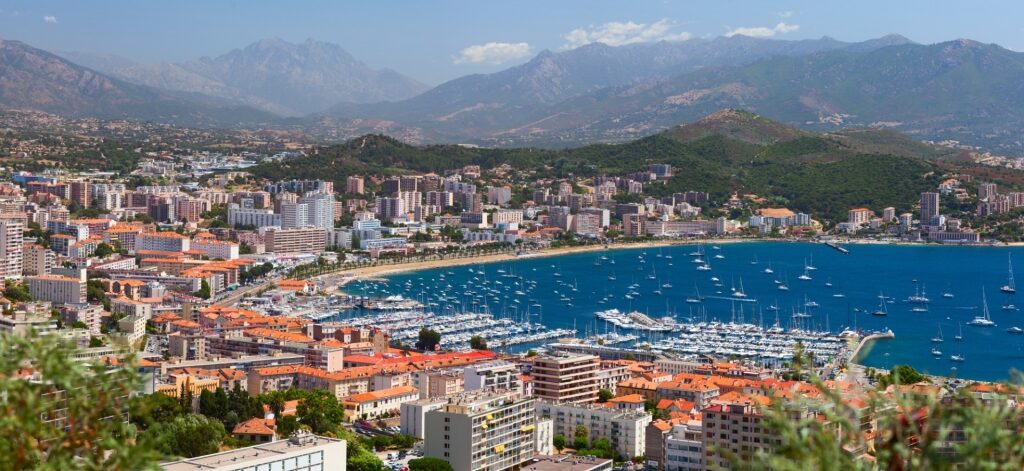
Ajaccio in Corsica, France
The birthplace of Napoleon is close to France and Italy, combining the best of both in its cuisine and culture. The emperor was born in Ajaccio, the capital, which mixes Italian architecture with the atmosphere of the French Riviera.
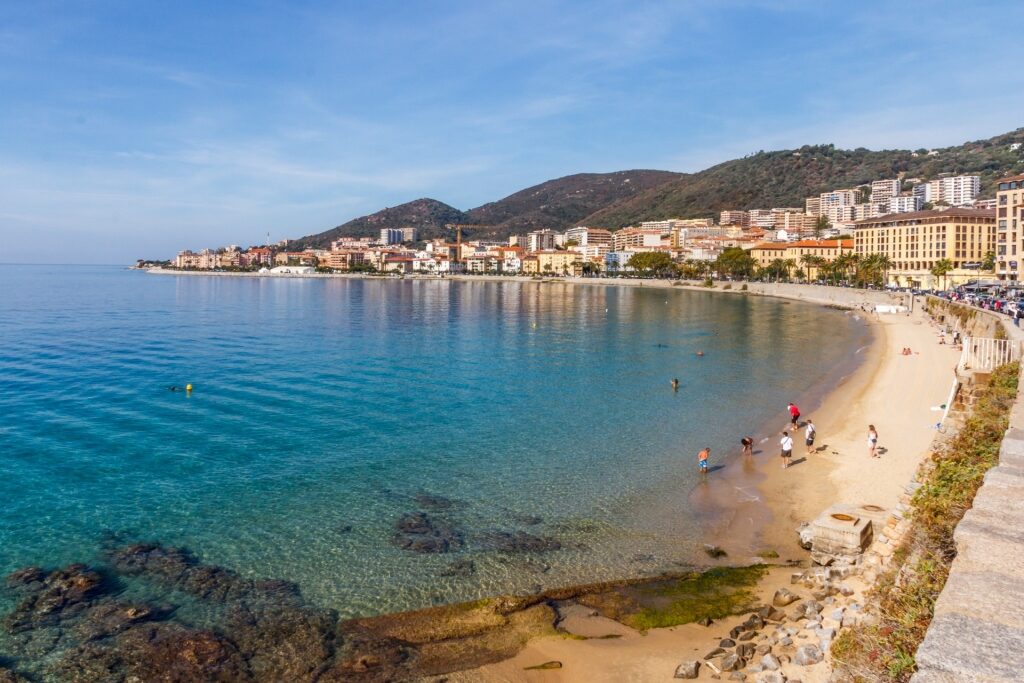
St. Francois Beach in Corsica, France
The city’s St. Francois Beach shows off that combination at its best. A short drive away—or even shorter boat ride—is the quieter resort of Plage de Porticcio.
While in Ajaccio, don’t miss the Fesch Museum for its collection of Italian art. These works by greats including Titian, Botticelli, and Bellini tend to overshadow the impressive exhibit of Corsican artists.
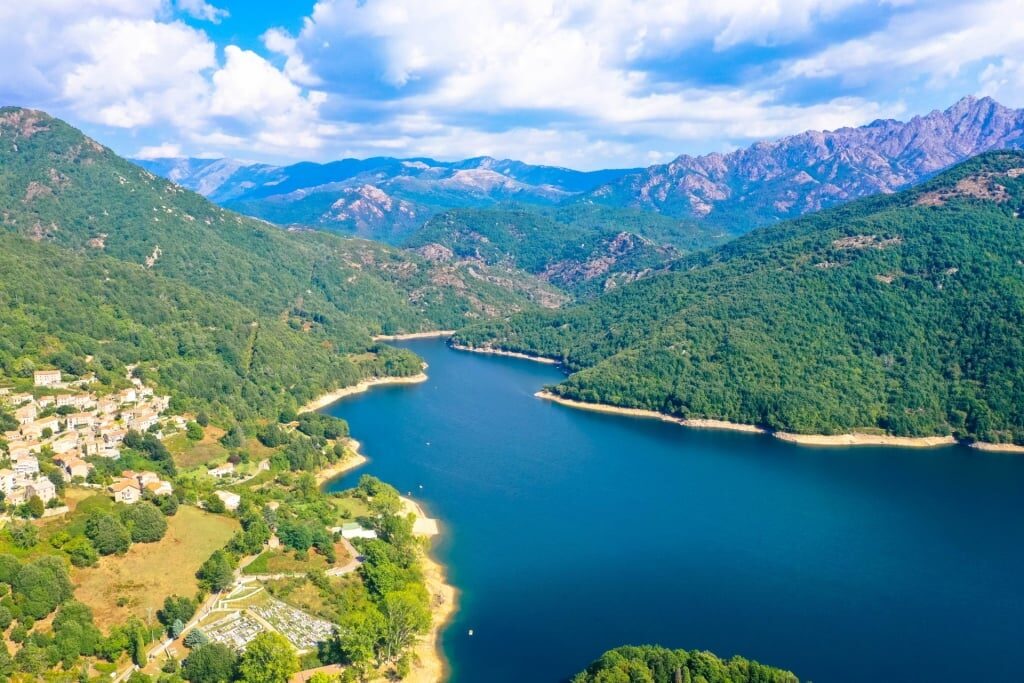
Prunelli Gorges in Corsica, France
Beyond the Corsican beaches, the Prunelli Gorges showcase the best of Corsica’s interior: lovely villages, dramatic views, and that glorious food and drink impress every visitor.
Read: The Ultimate Corsican Food Guide
Ibiza, Spain
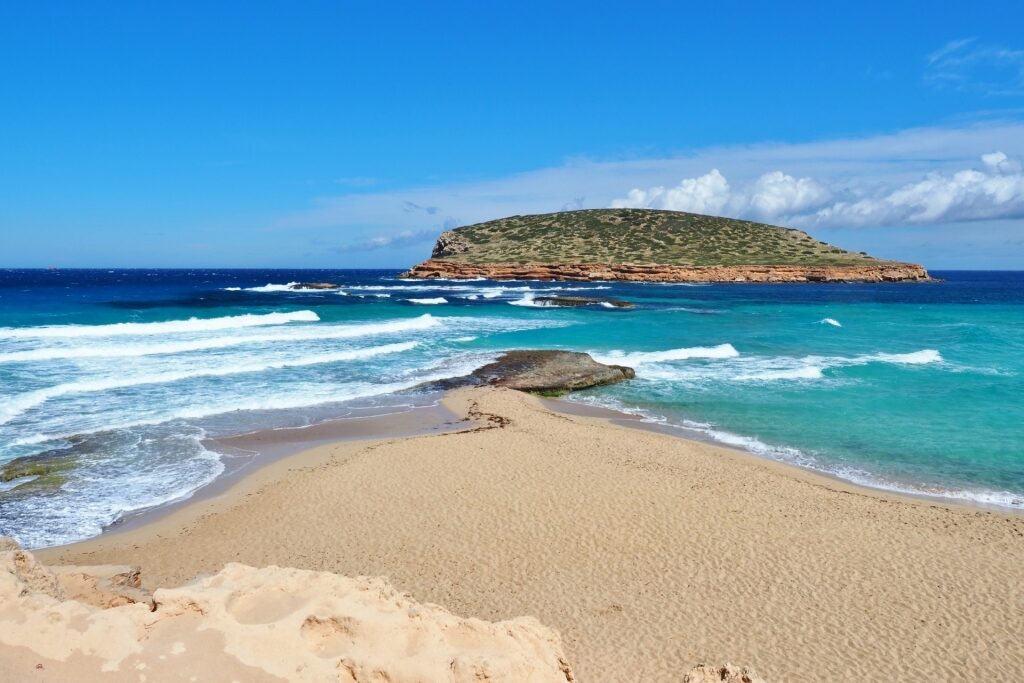
Cala Conta Beach in Ibiza, Spain
Famous for its world-class nightclubs, there is much more to Ibiza than leisurely days on the beach before dancing the night away. Of course, the wonderful Ibiza beaches that first attracted so many sun-worshippers to the island—such as Cala Conta—remain a draw.
Picturesque D’Alt Vila, the old hilltop capital of this island, surprises many first-time visitors with its ancient fortress, restaurants, and boho-chic shopping. The contemporary art museum here is worth a visit, too.
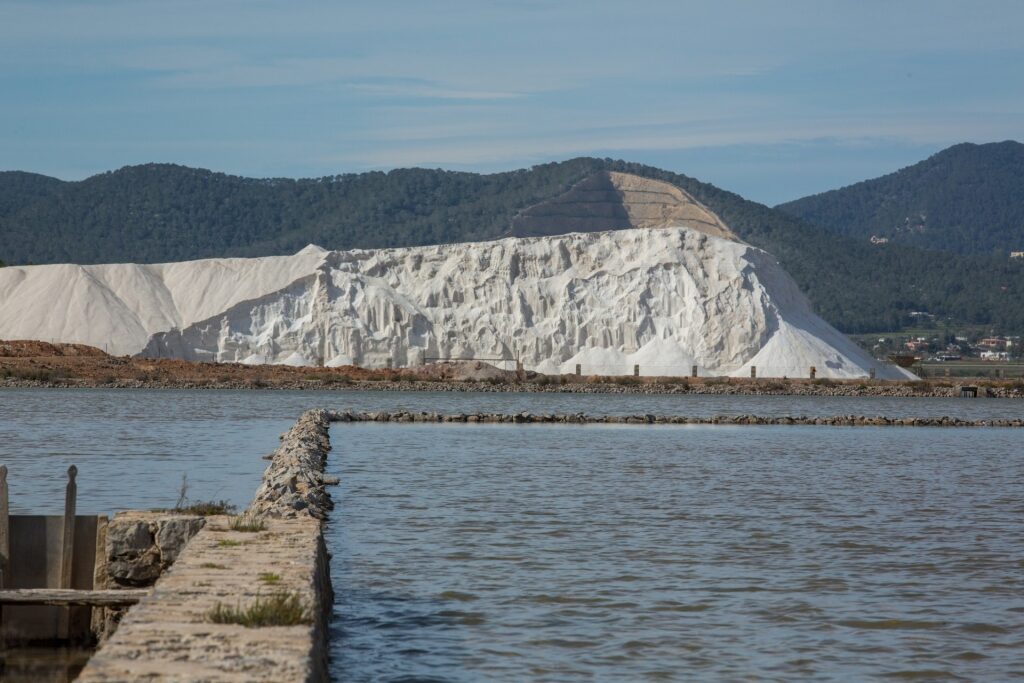
Las Salinas Natural Park in Ibiza, Spain
Las Salinas is a famed destination, but Las Salinas Natural Park offers much more variety in terms of terrain and wildlife. Birds flock to the salt beds, wetlands and forest, and viewing platforms allow you to watch them at your leisure.
Read: Why a Cruise Is the Best Way to Travel in Europe
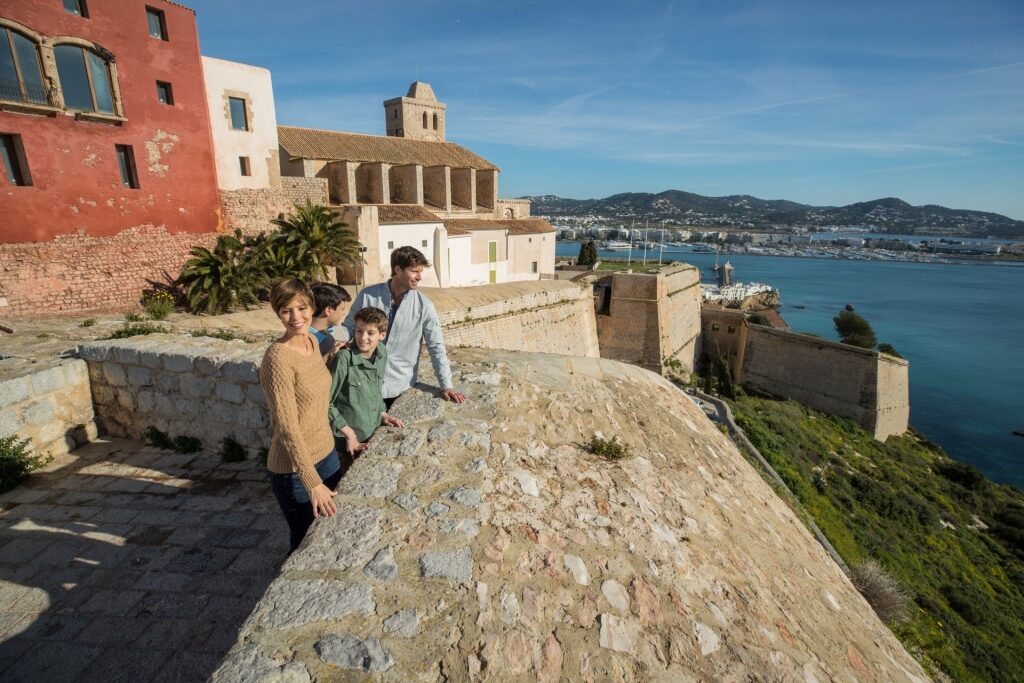
D’Alt Vila in Ibiza, Spain
Has this list of the best islands in Europe inspired you to take to the sea to explore? Then browse Celebrity’s European cruises to find the perfect itinerary for you and your loved ones.



